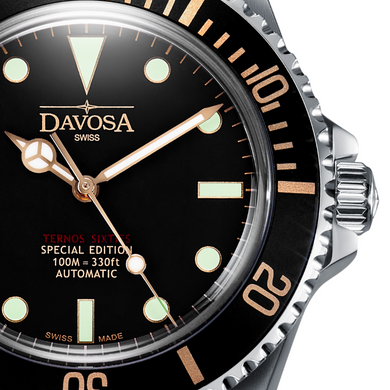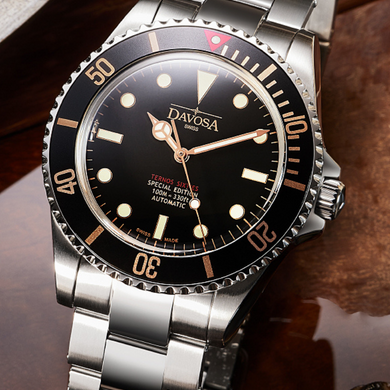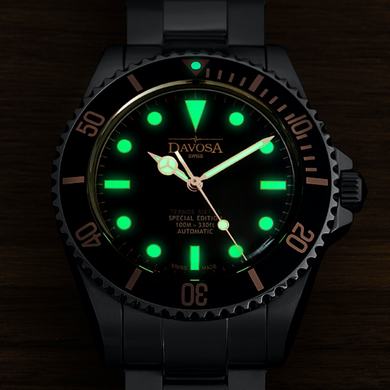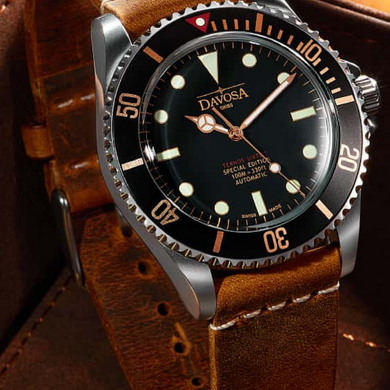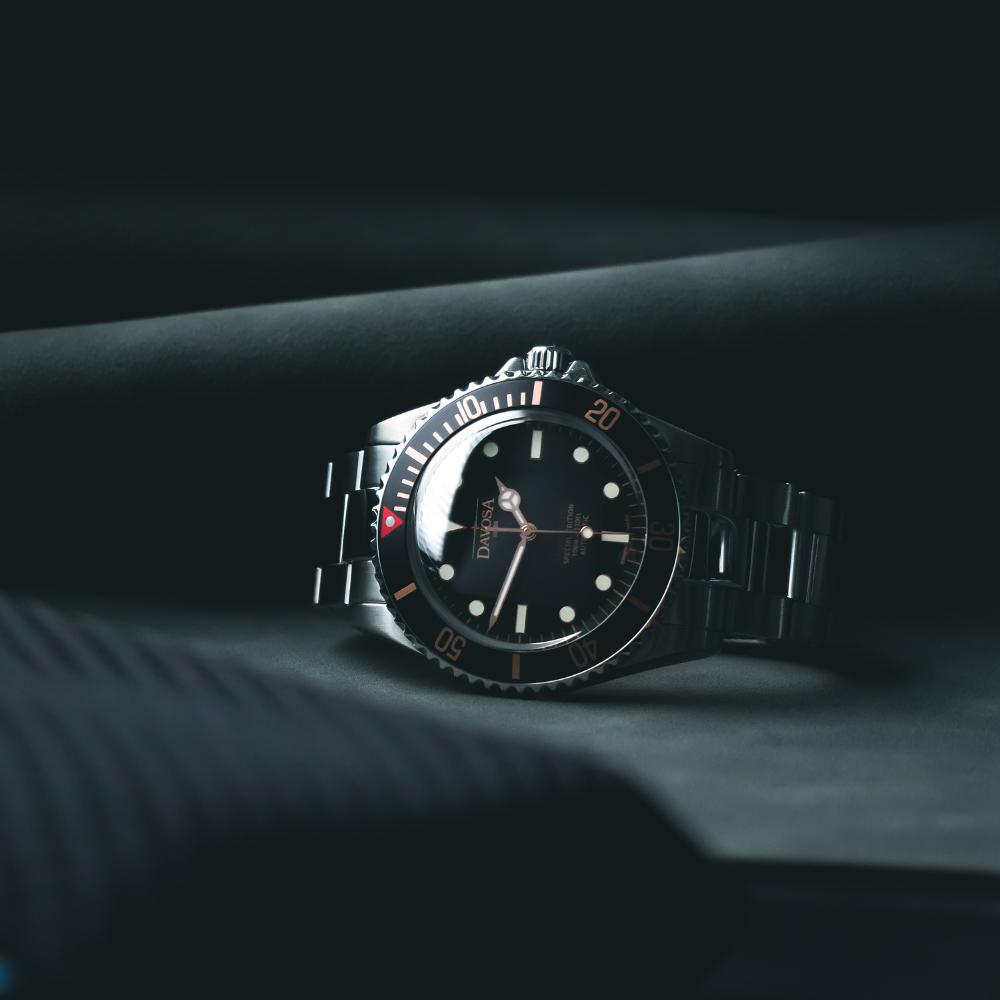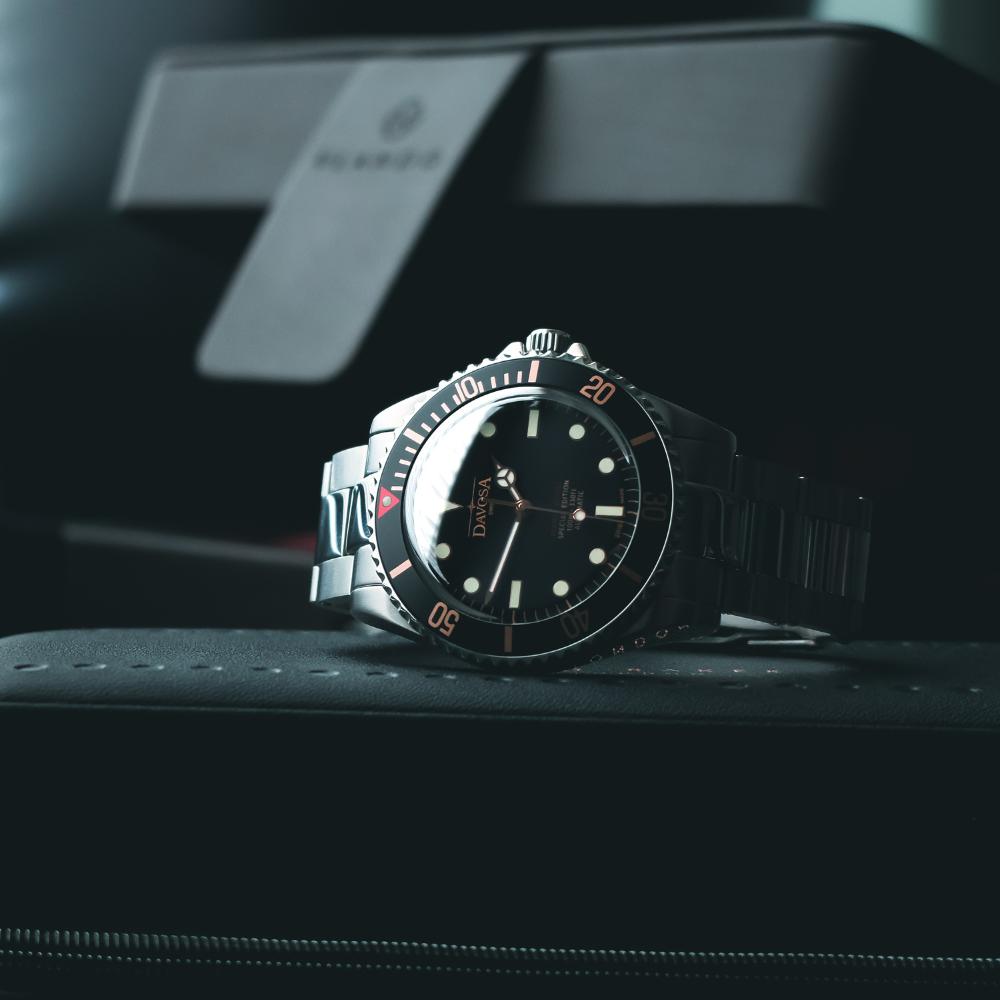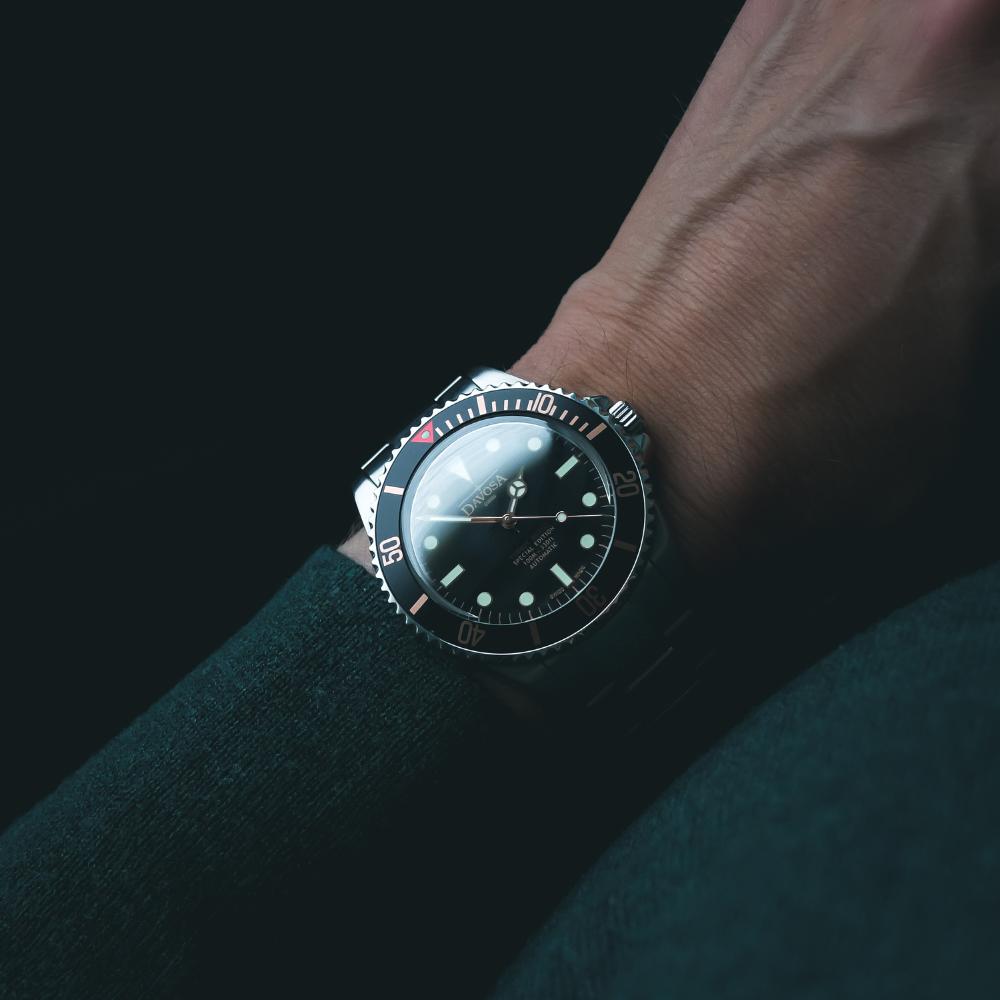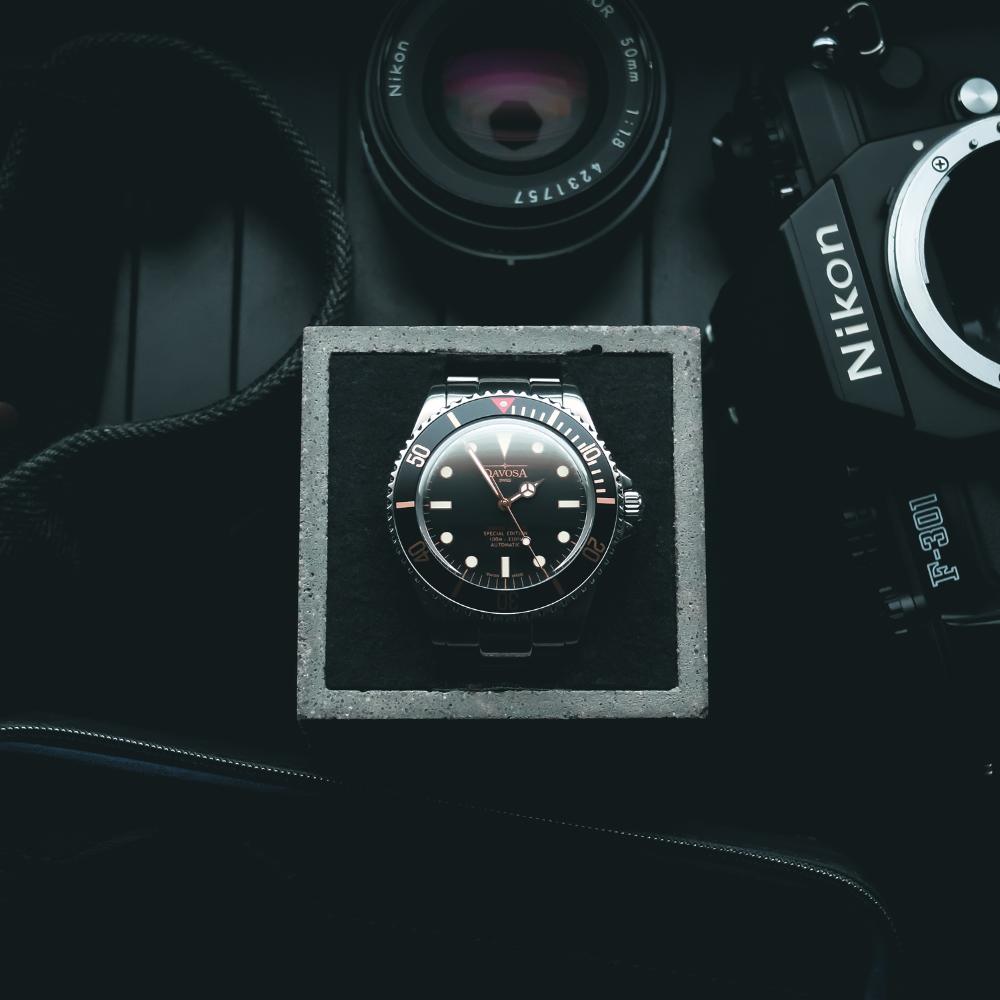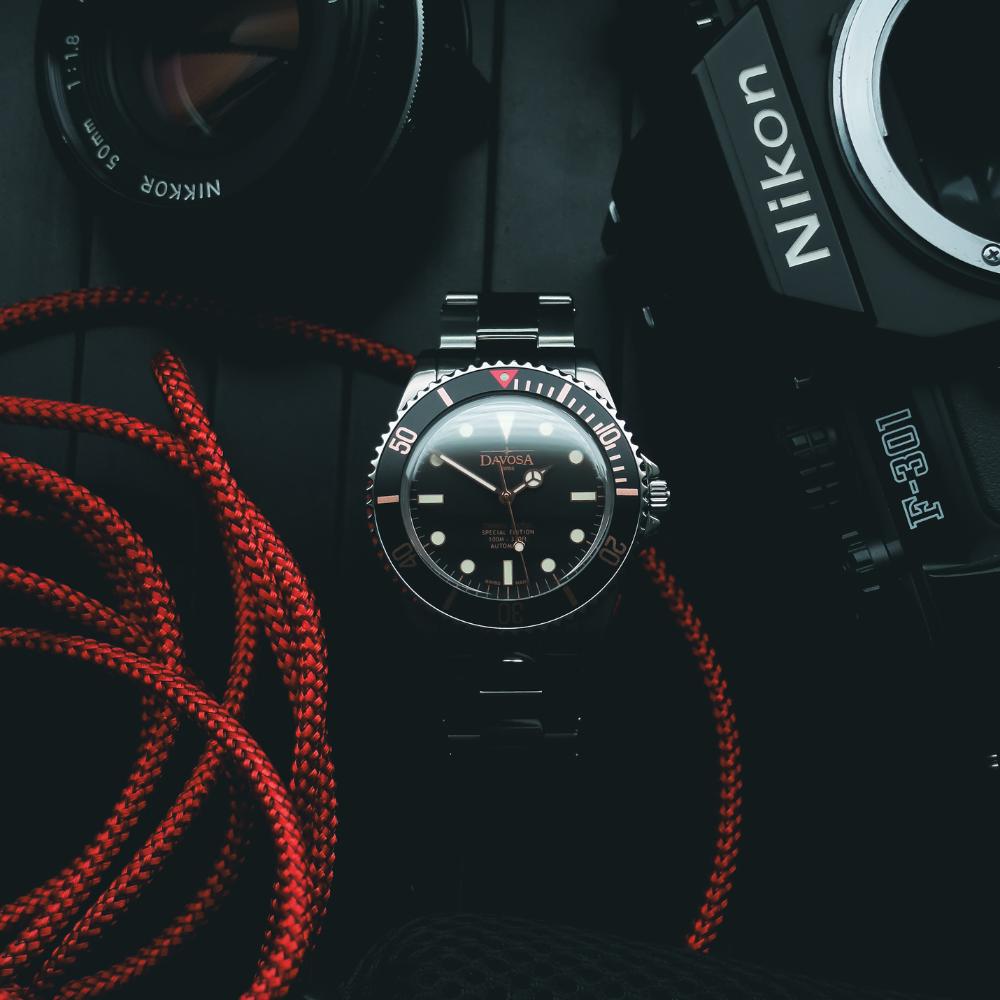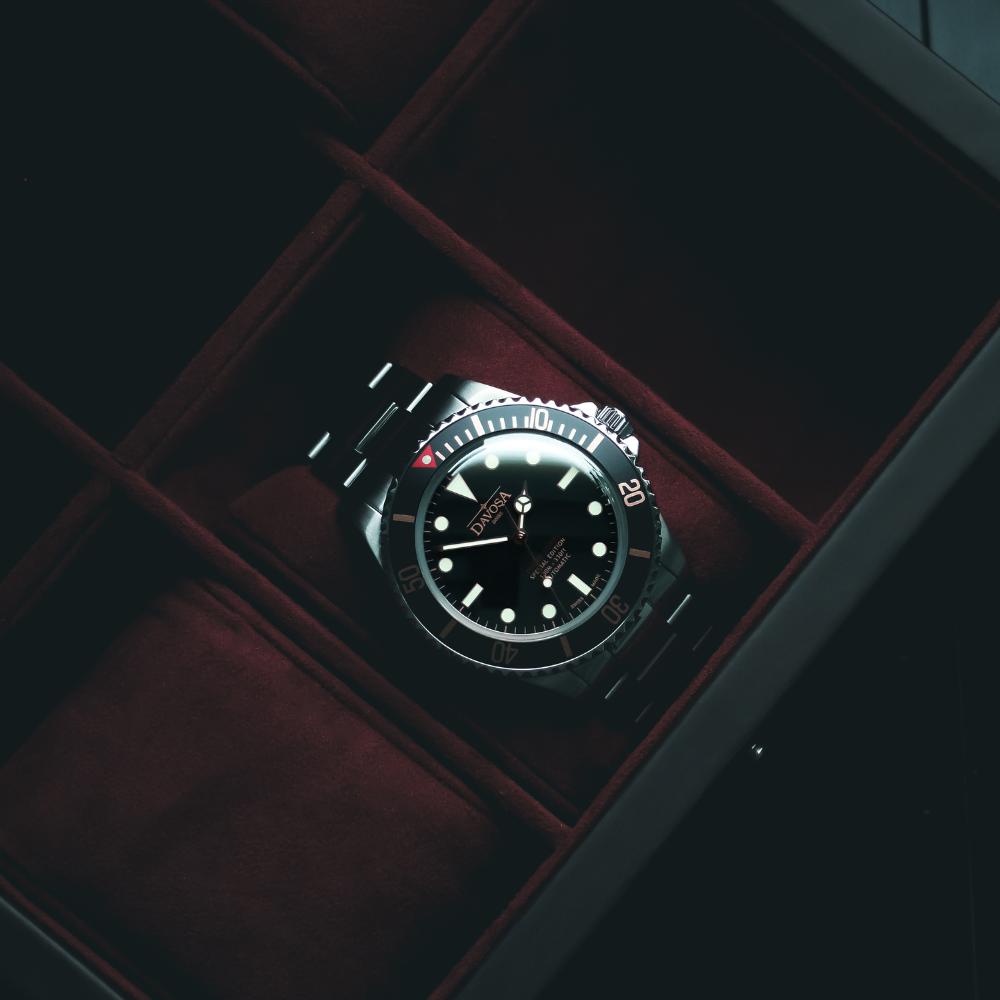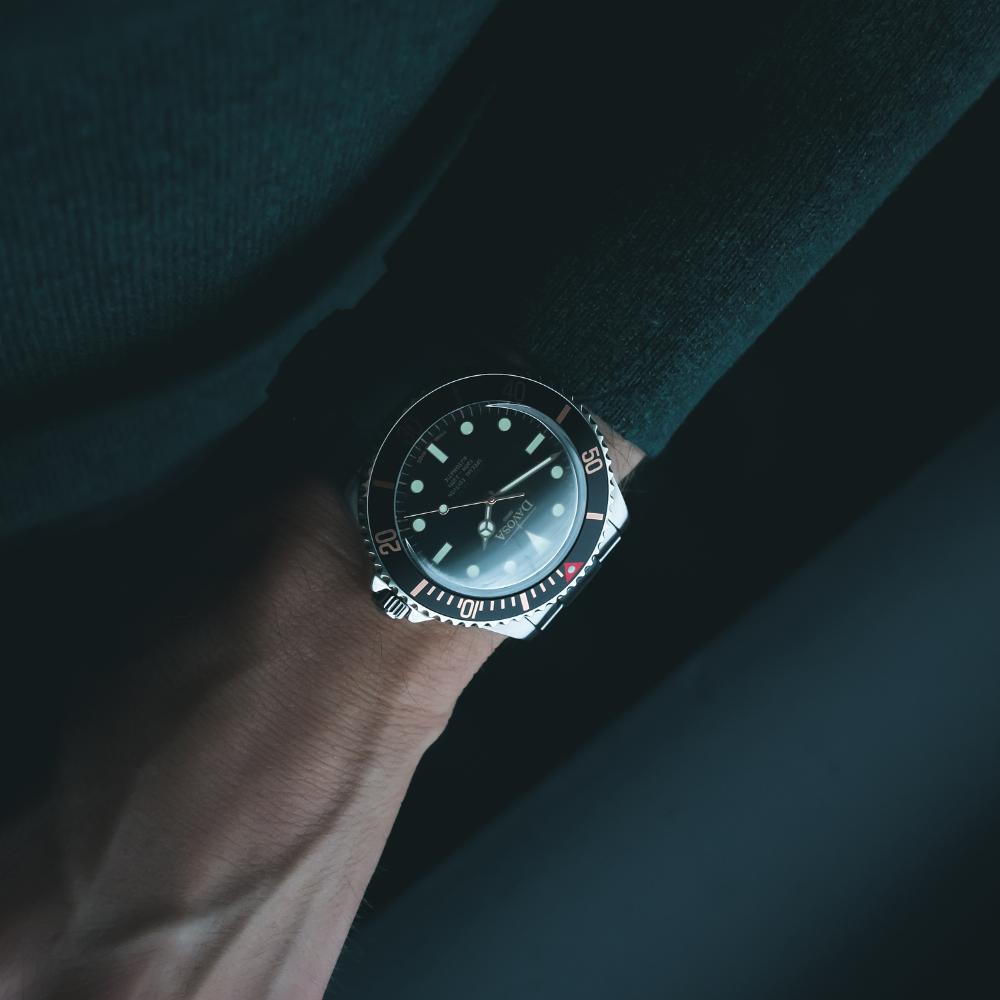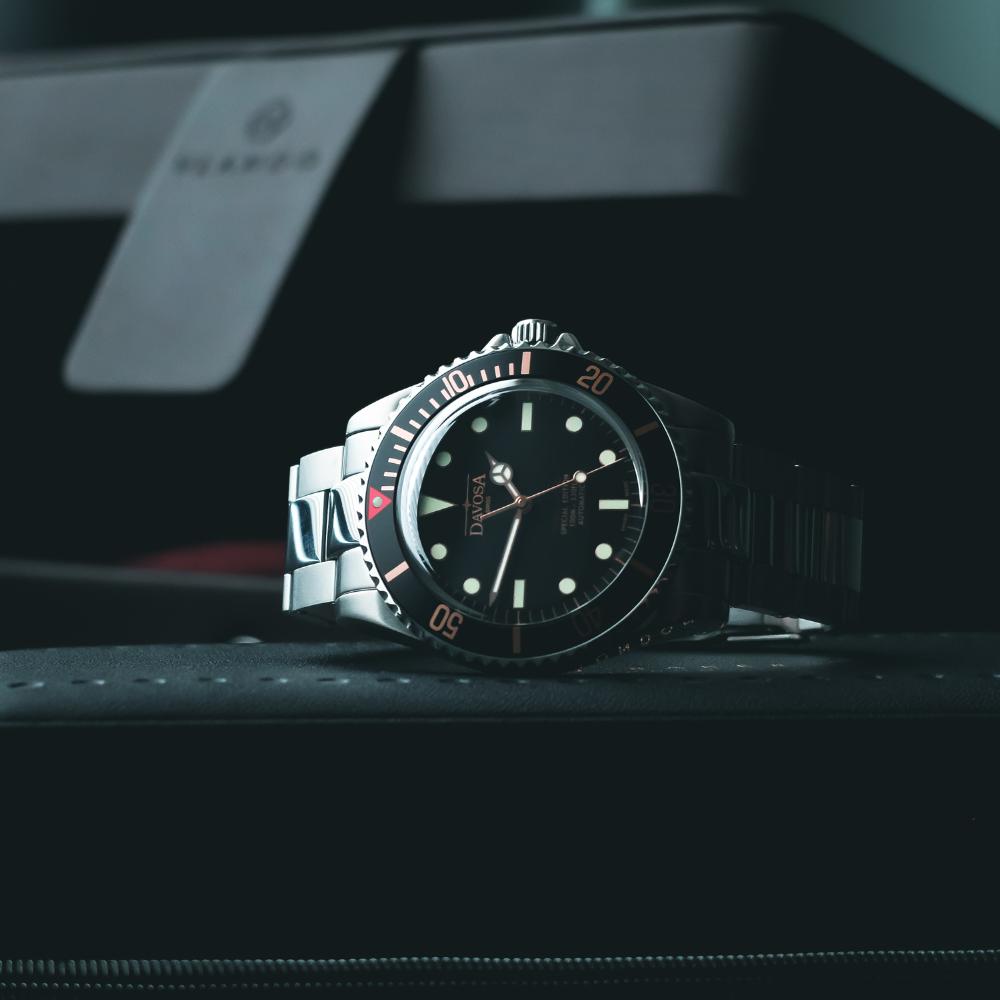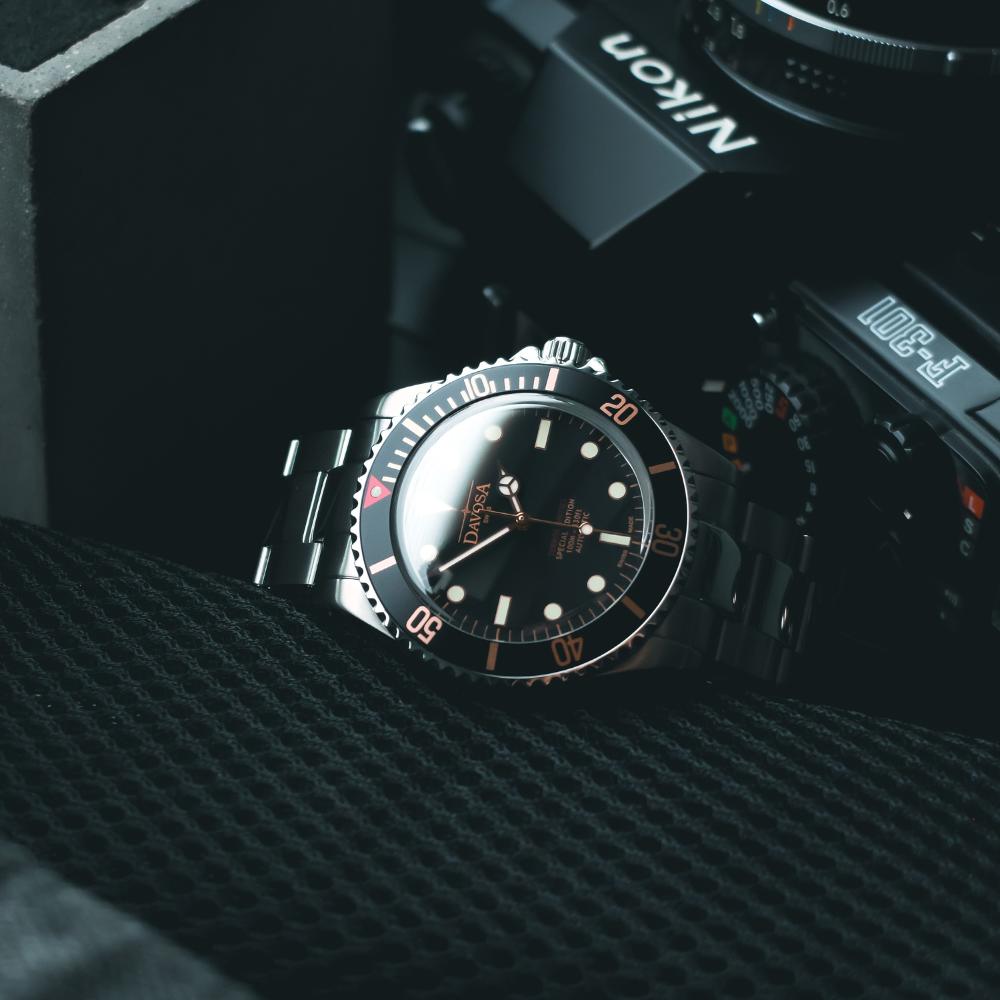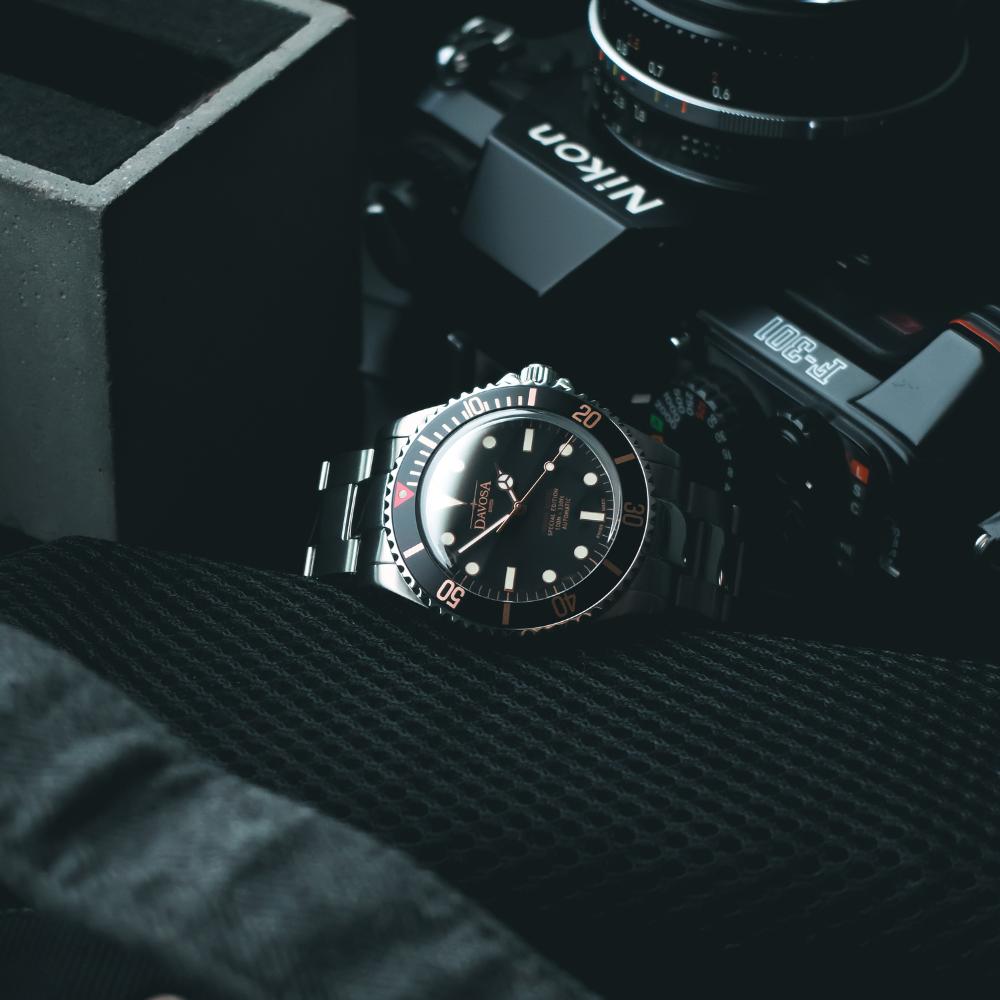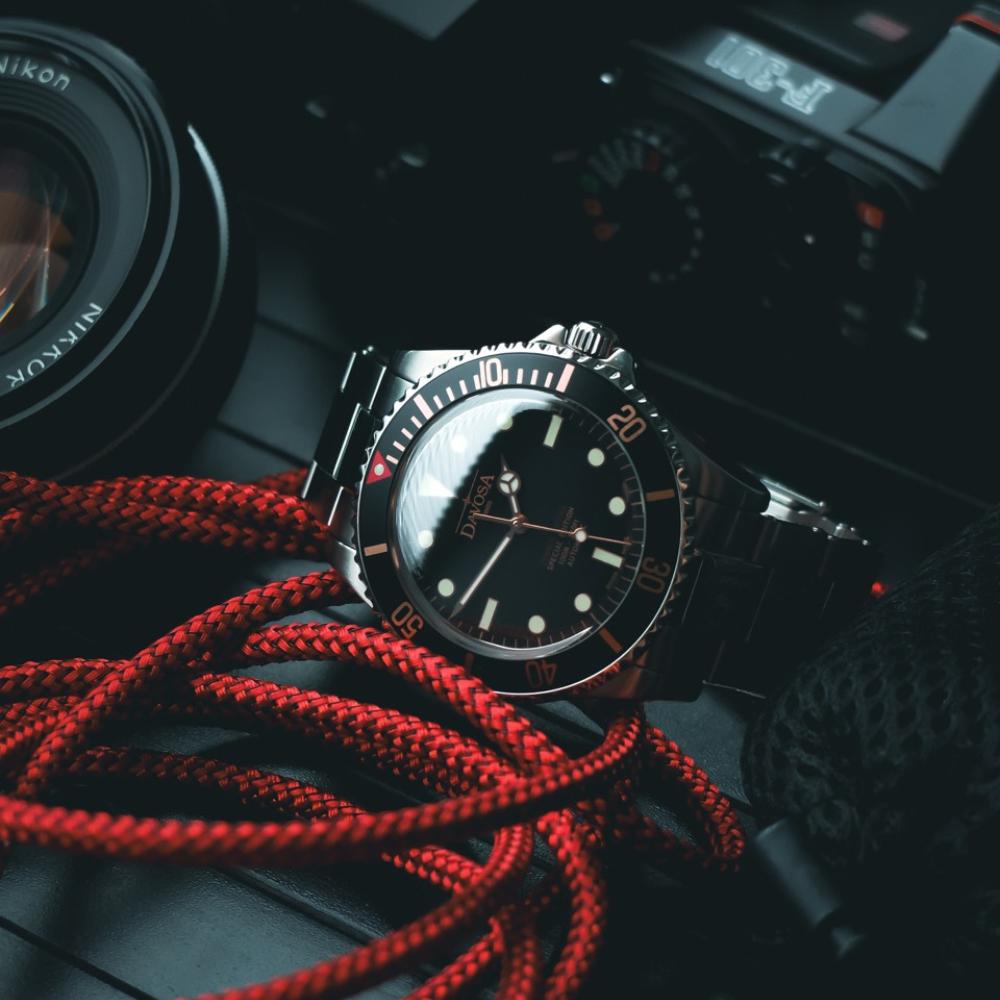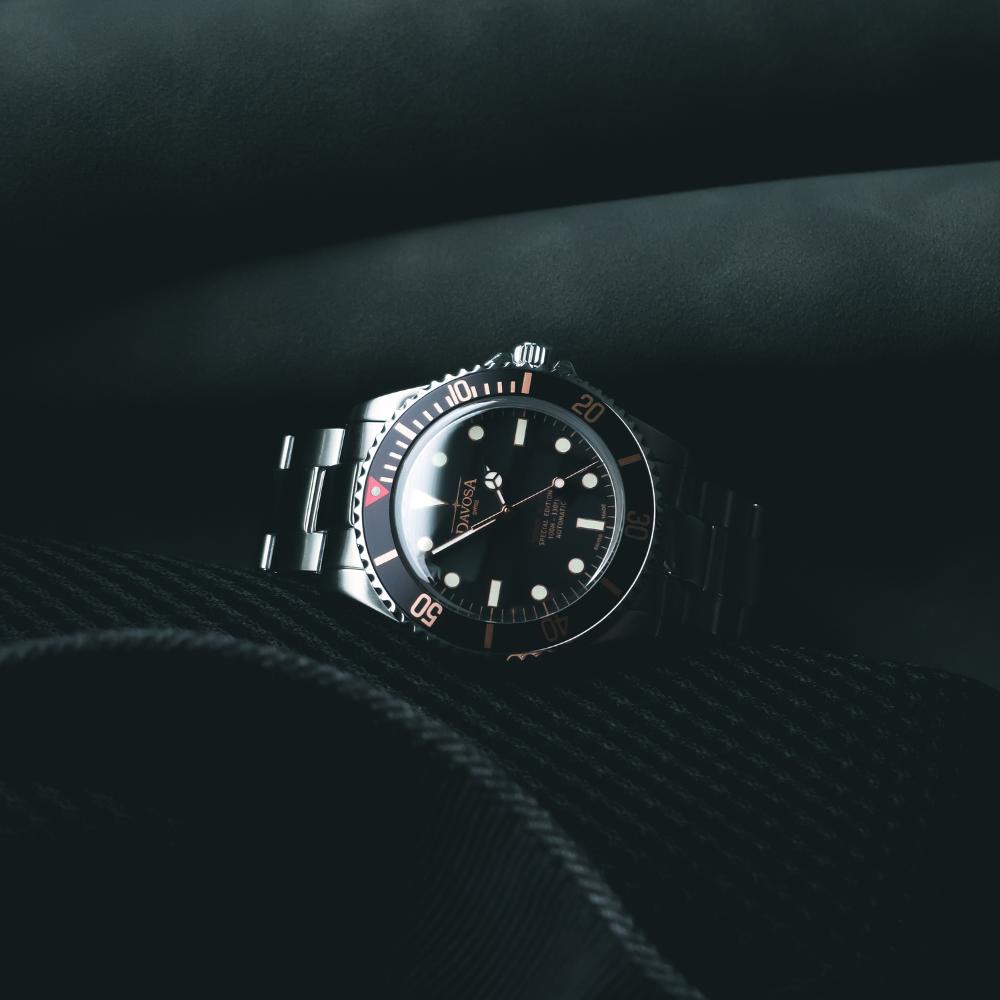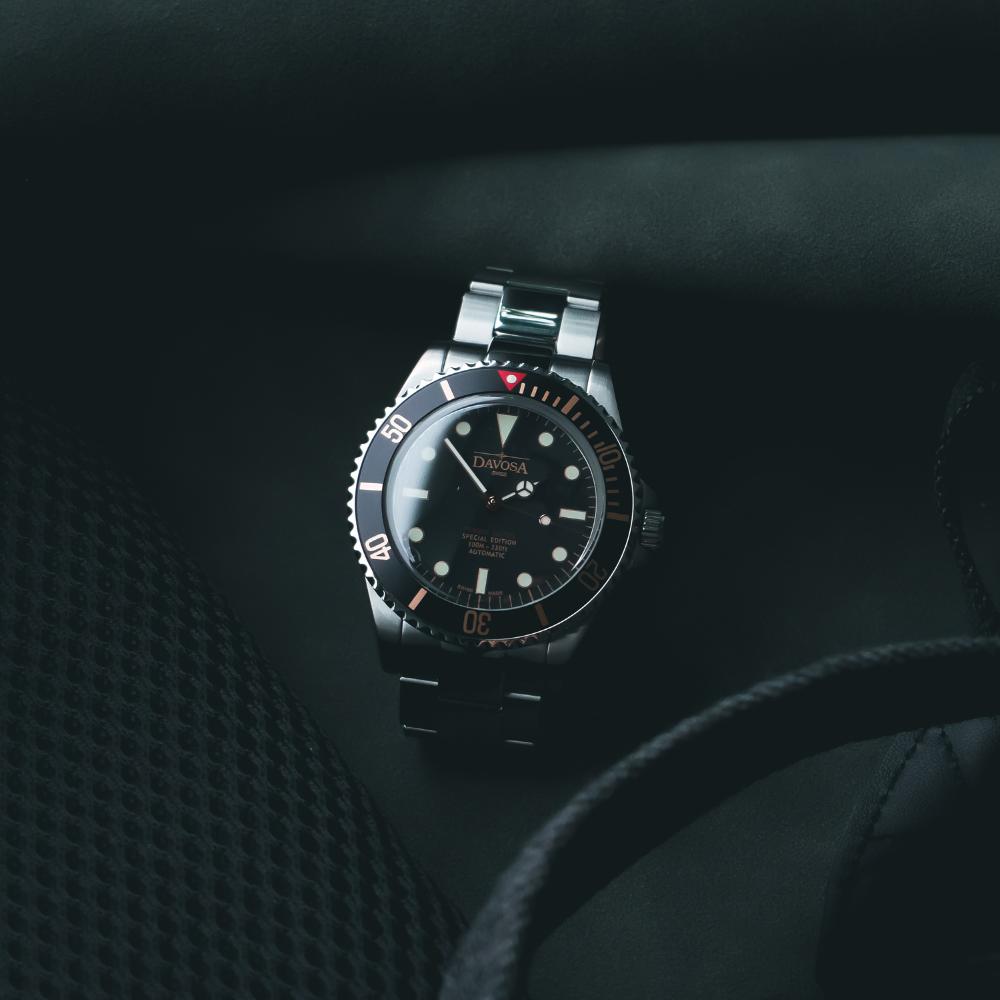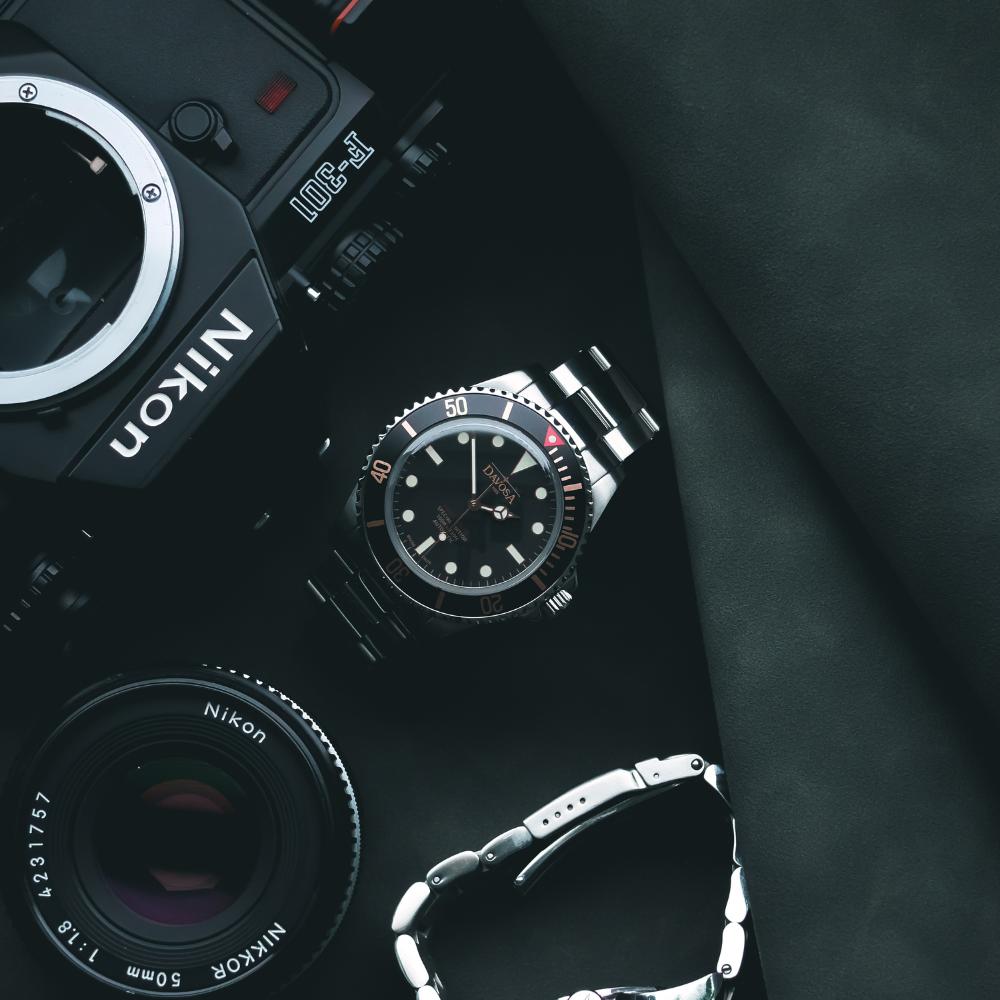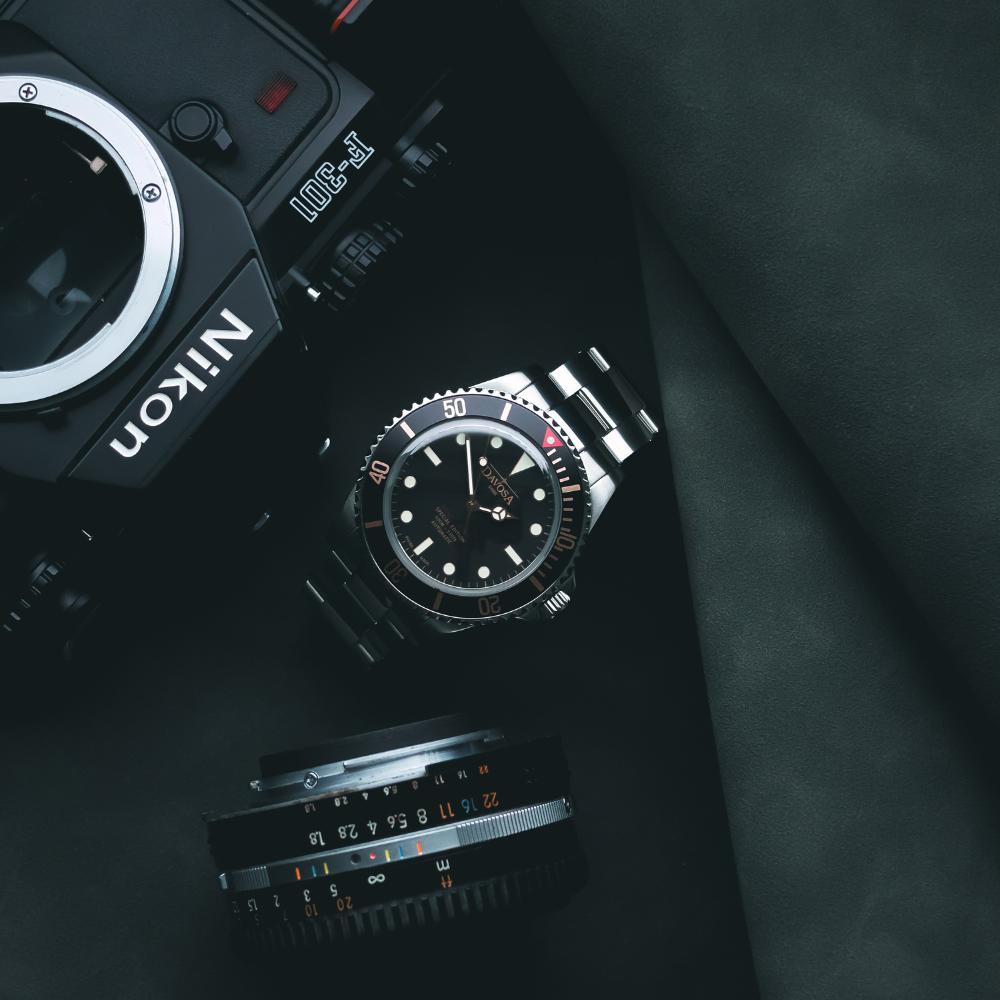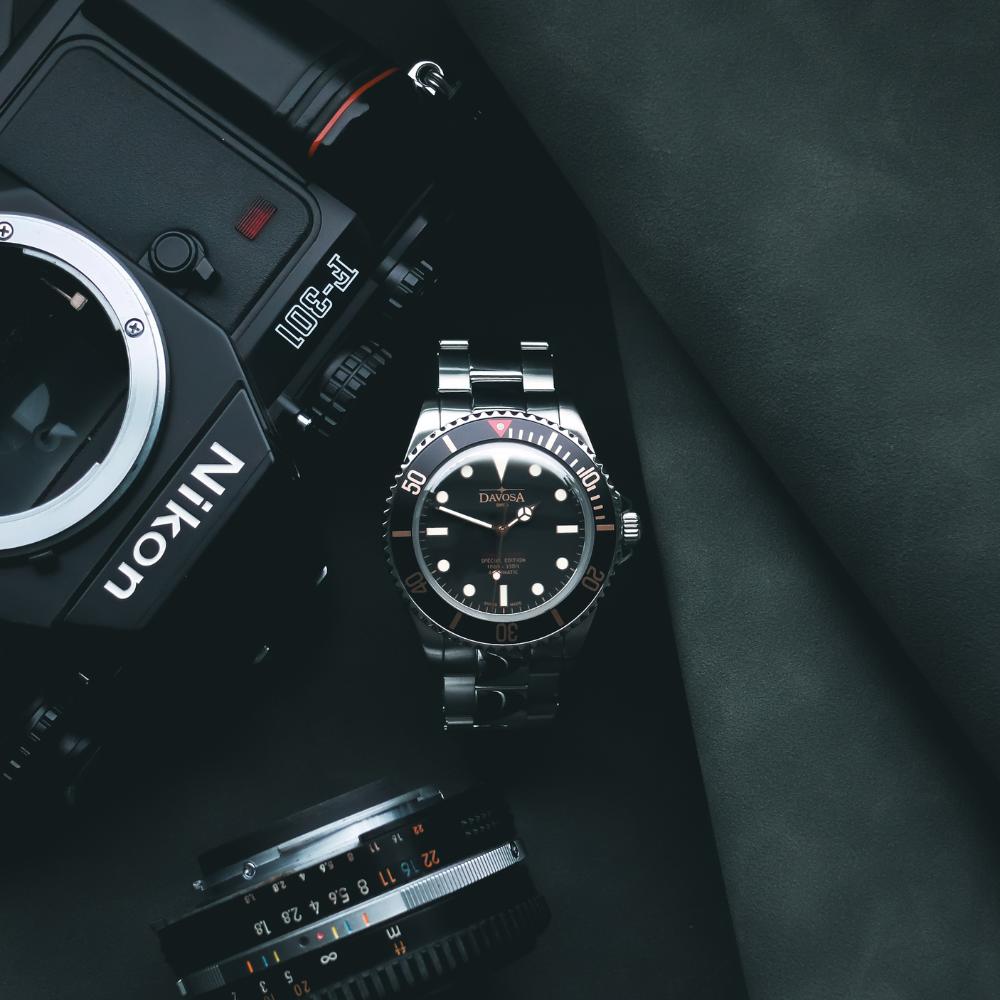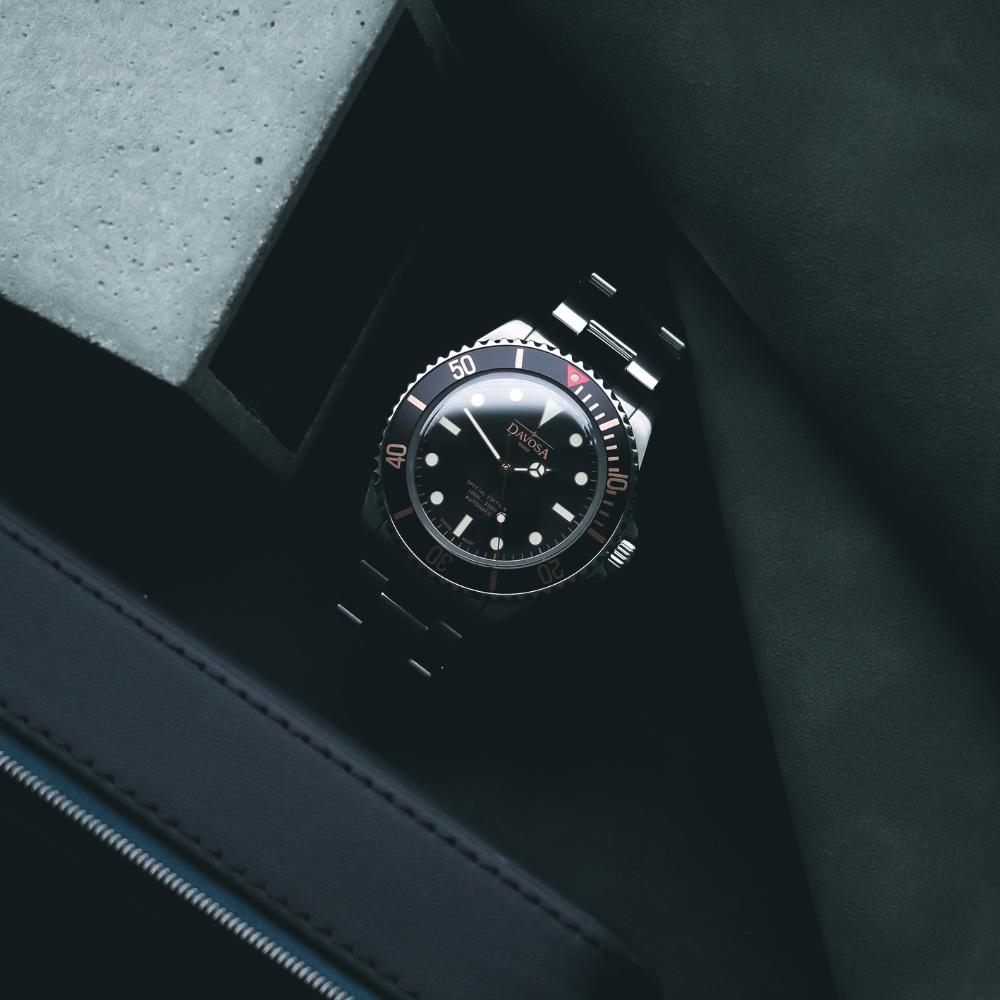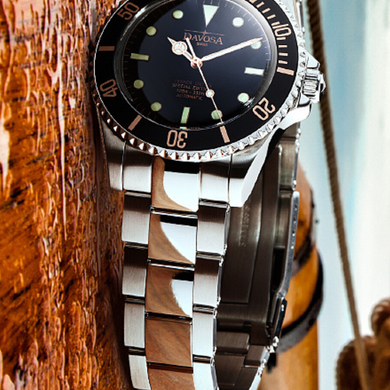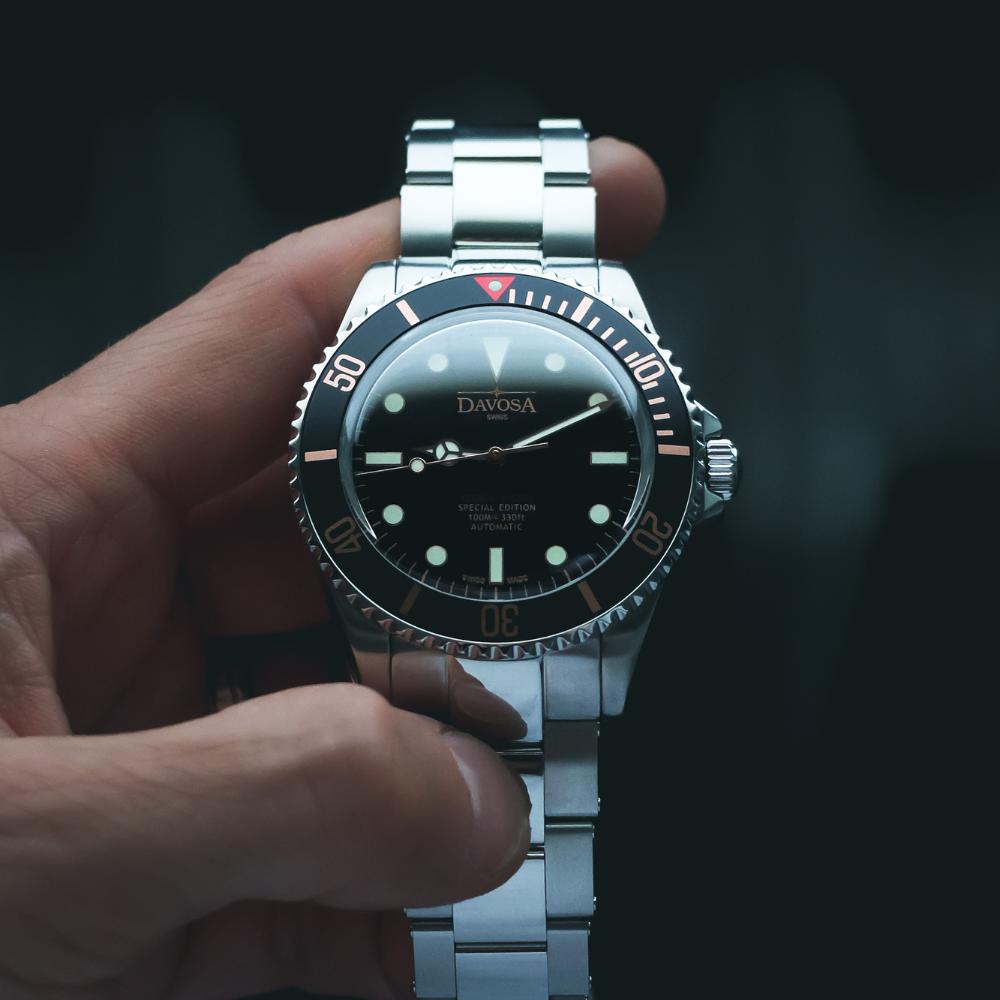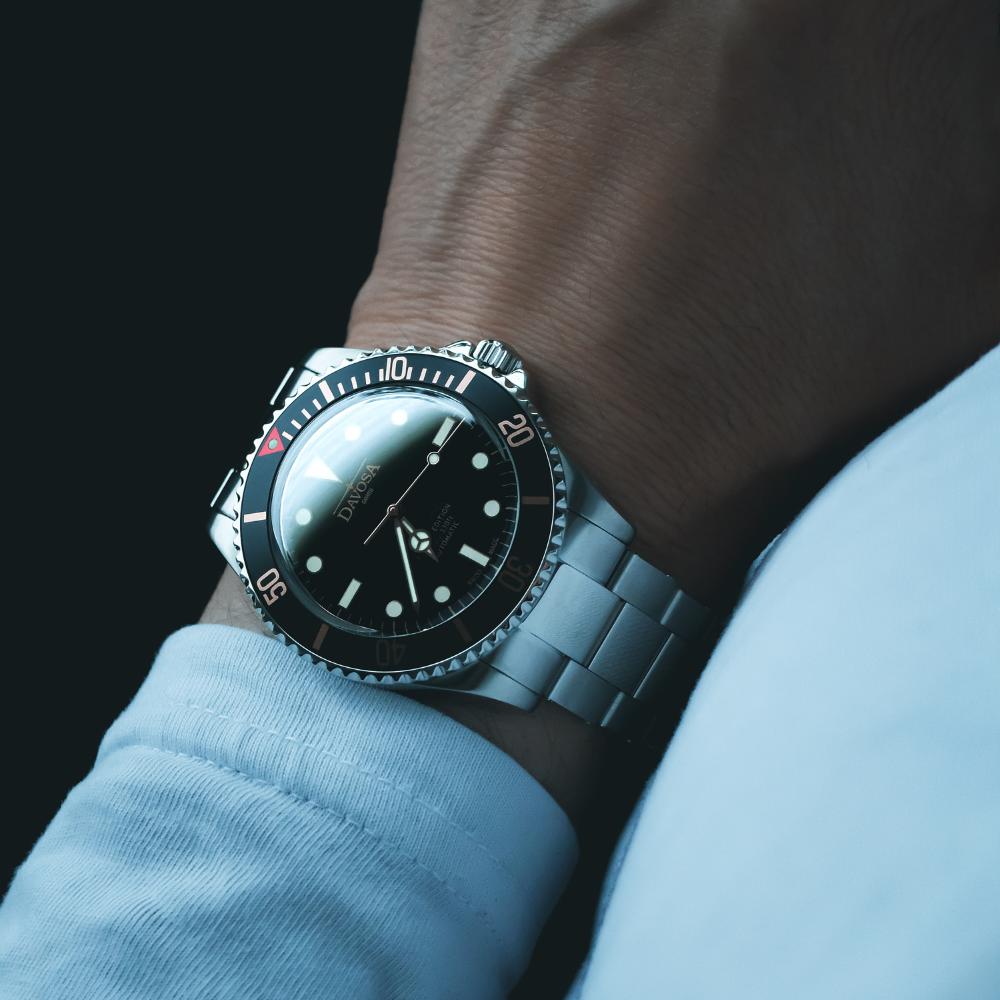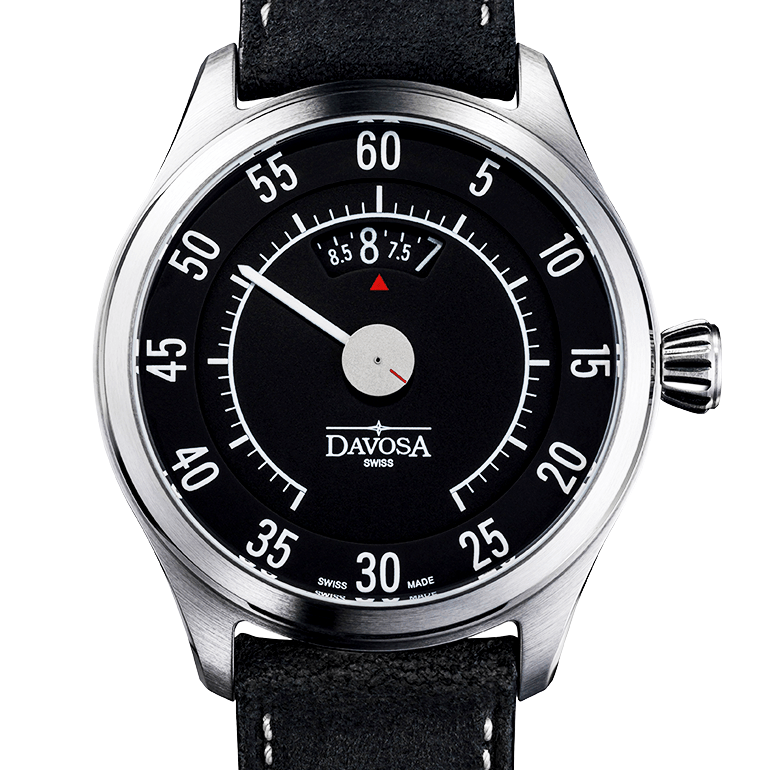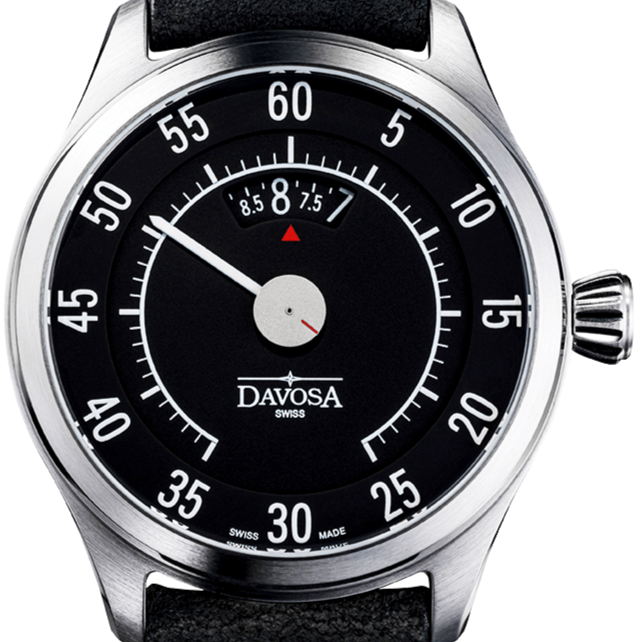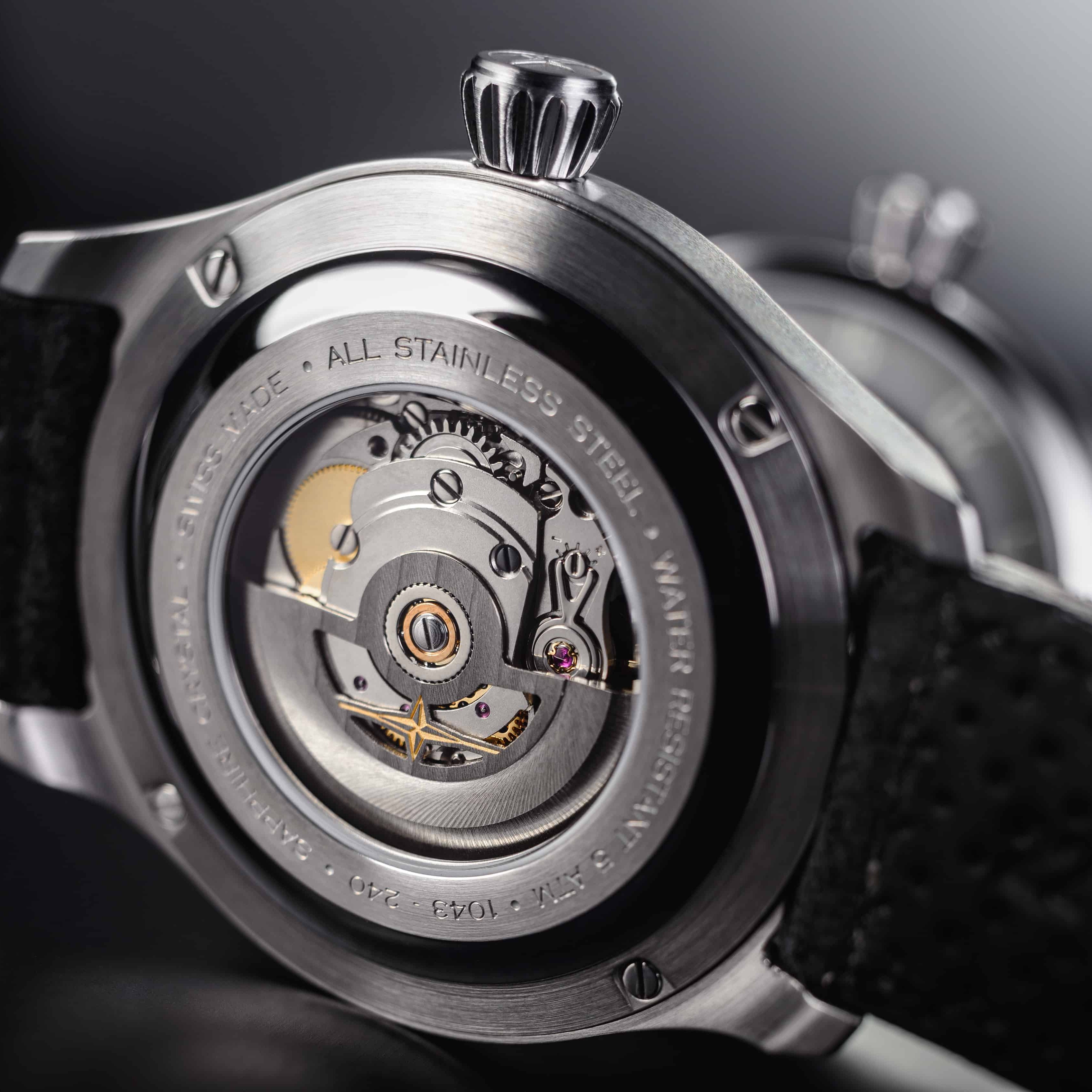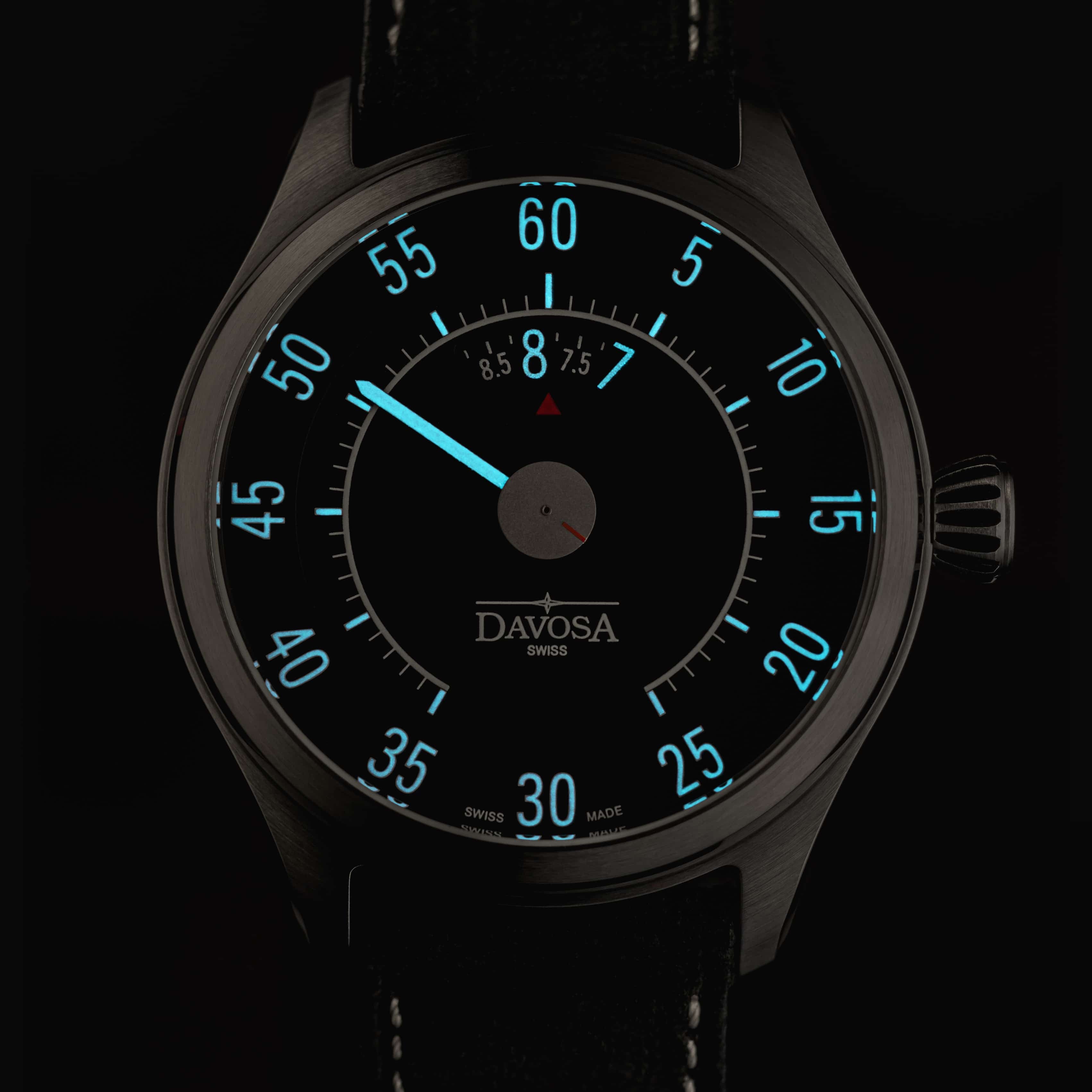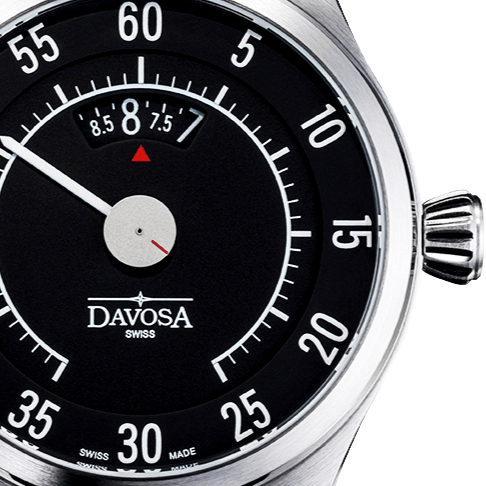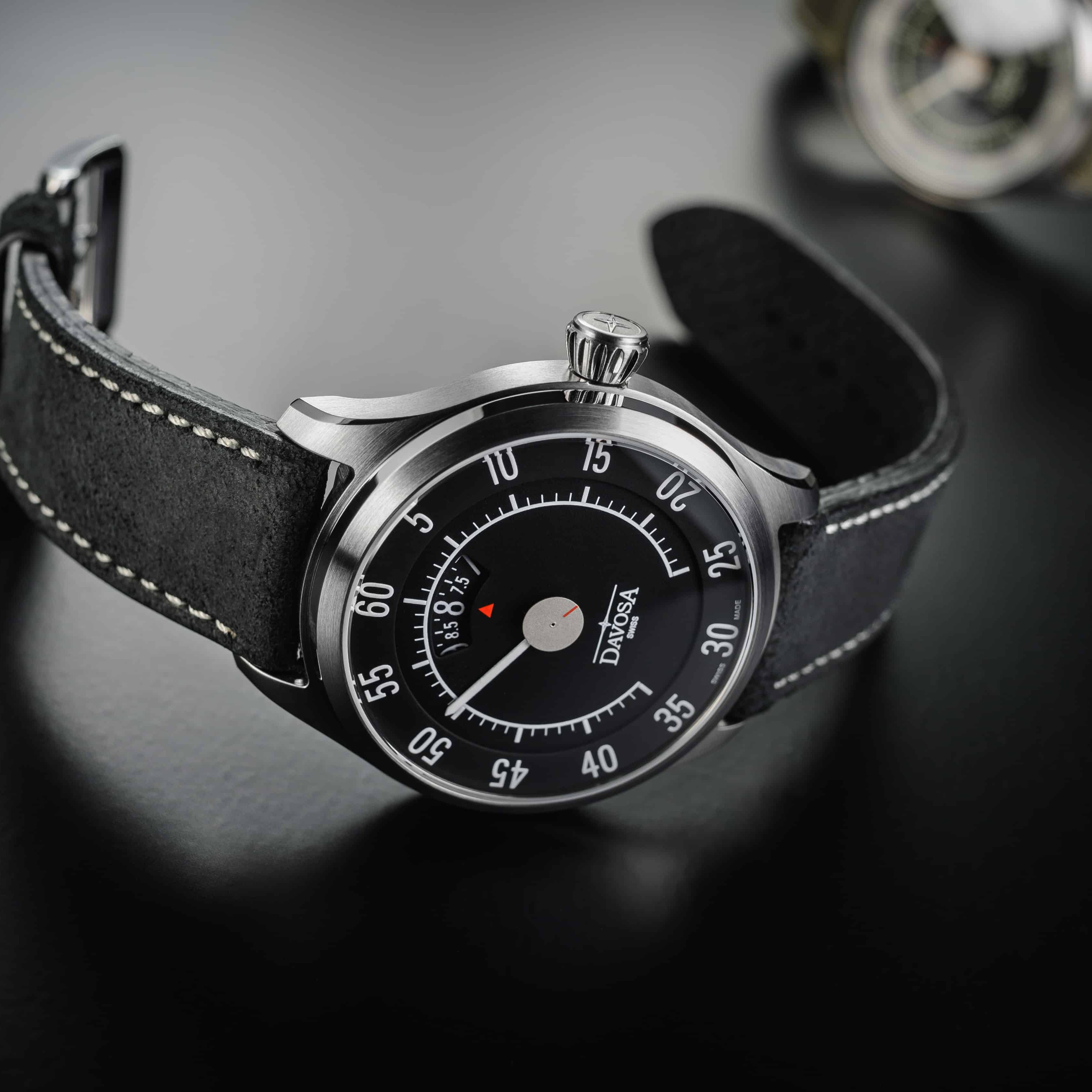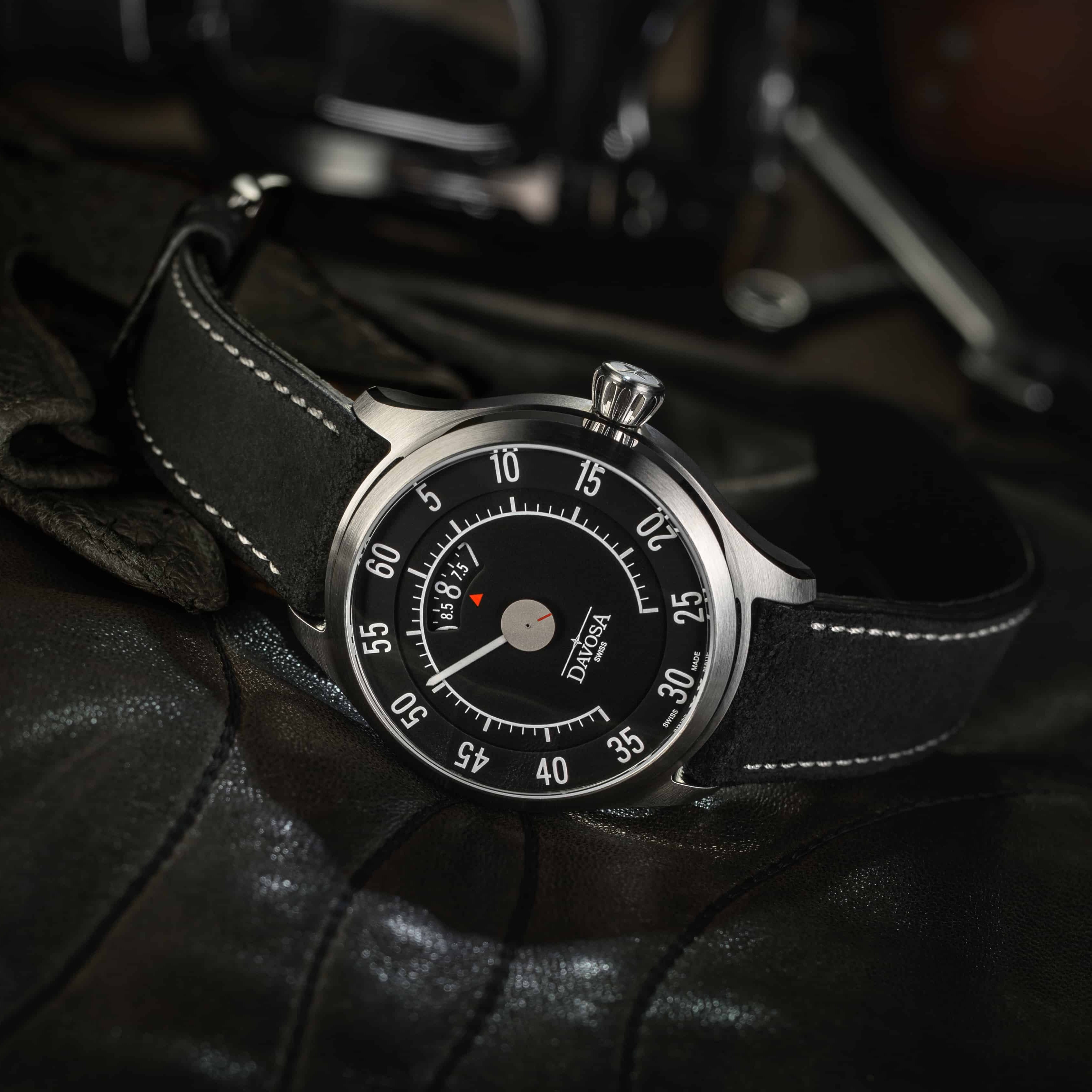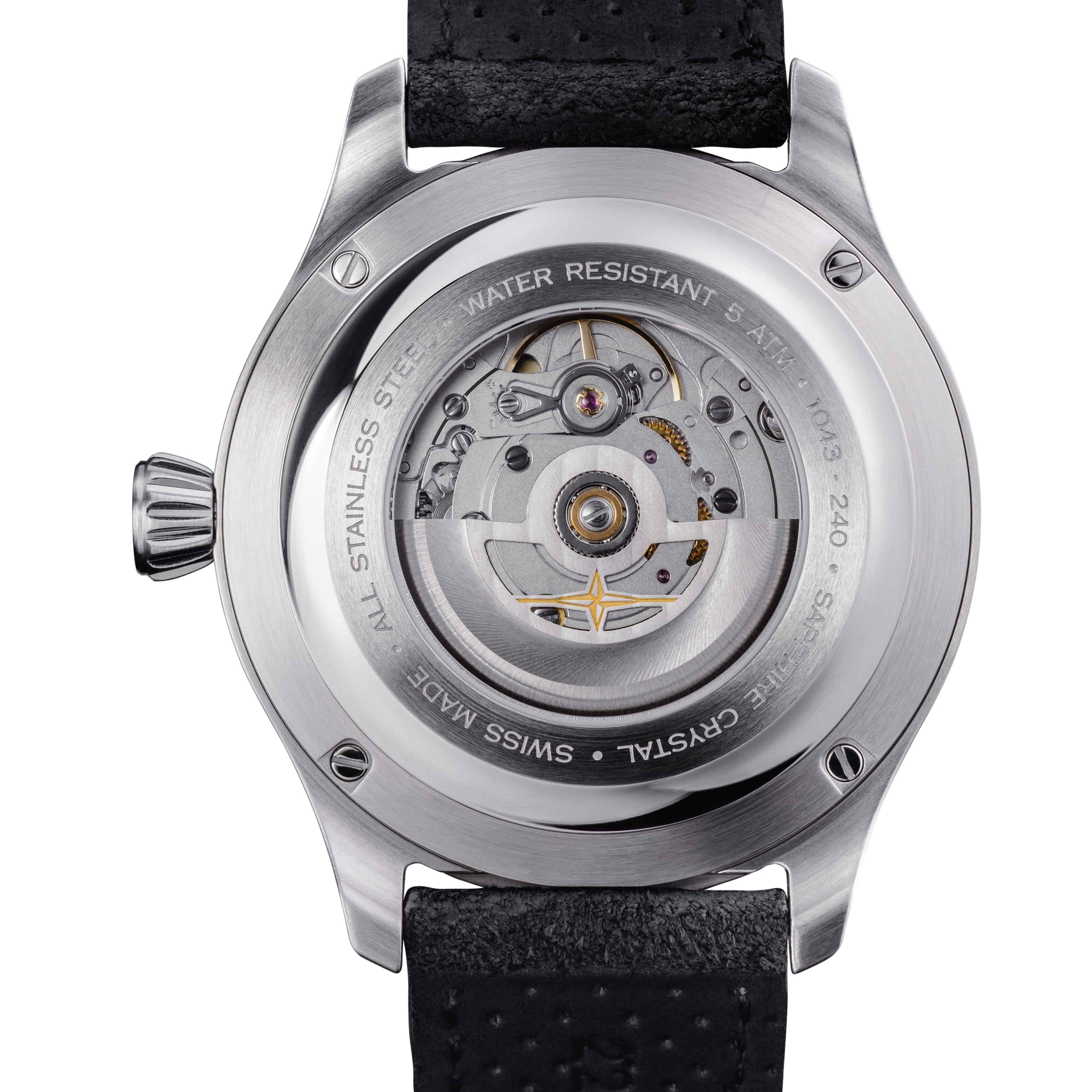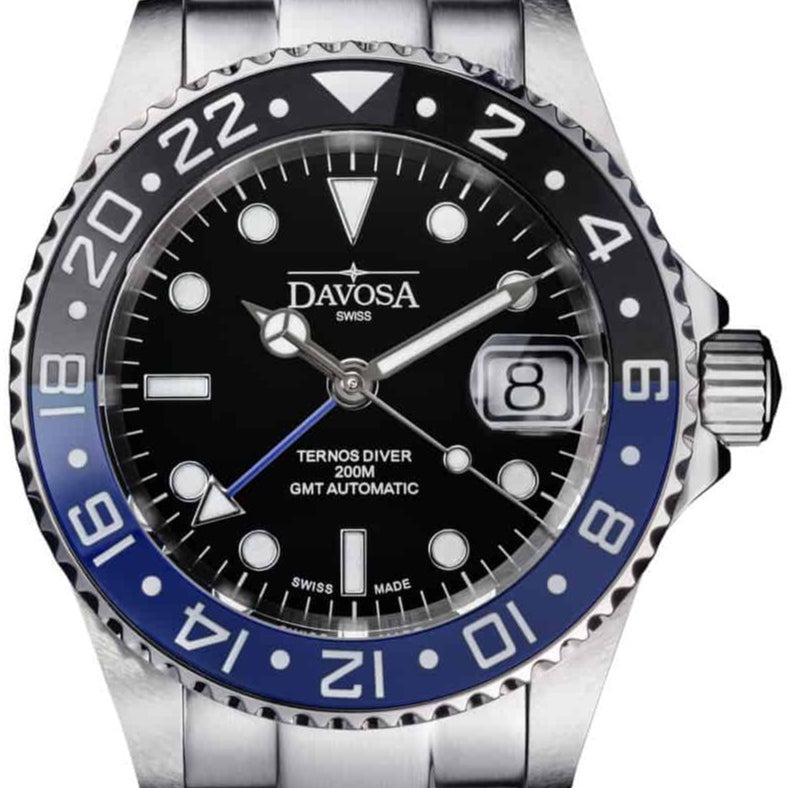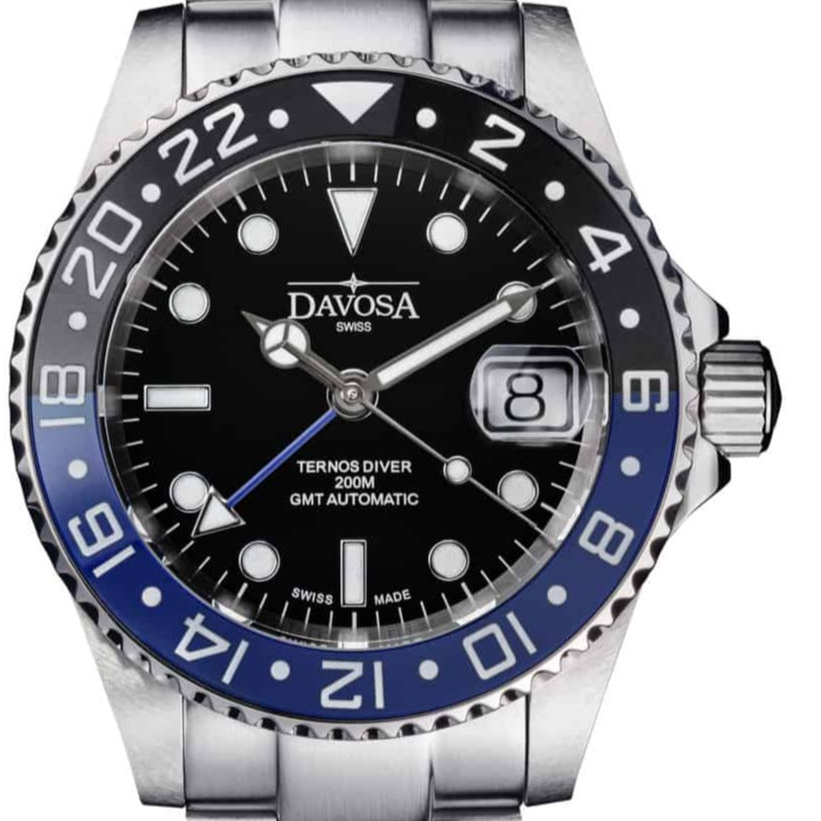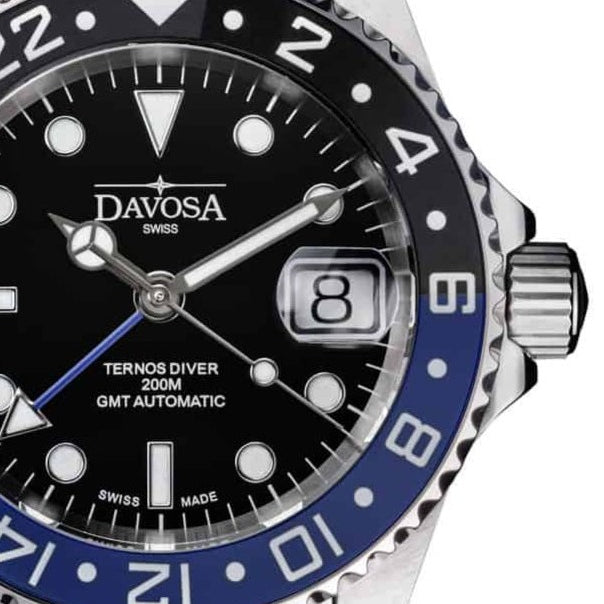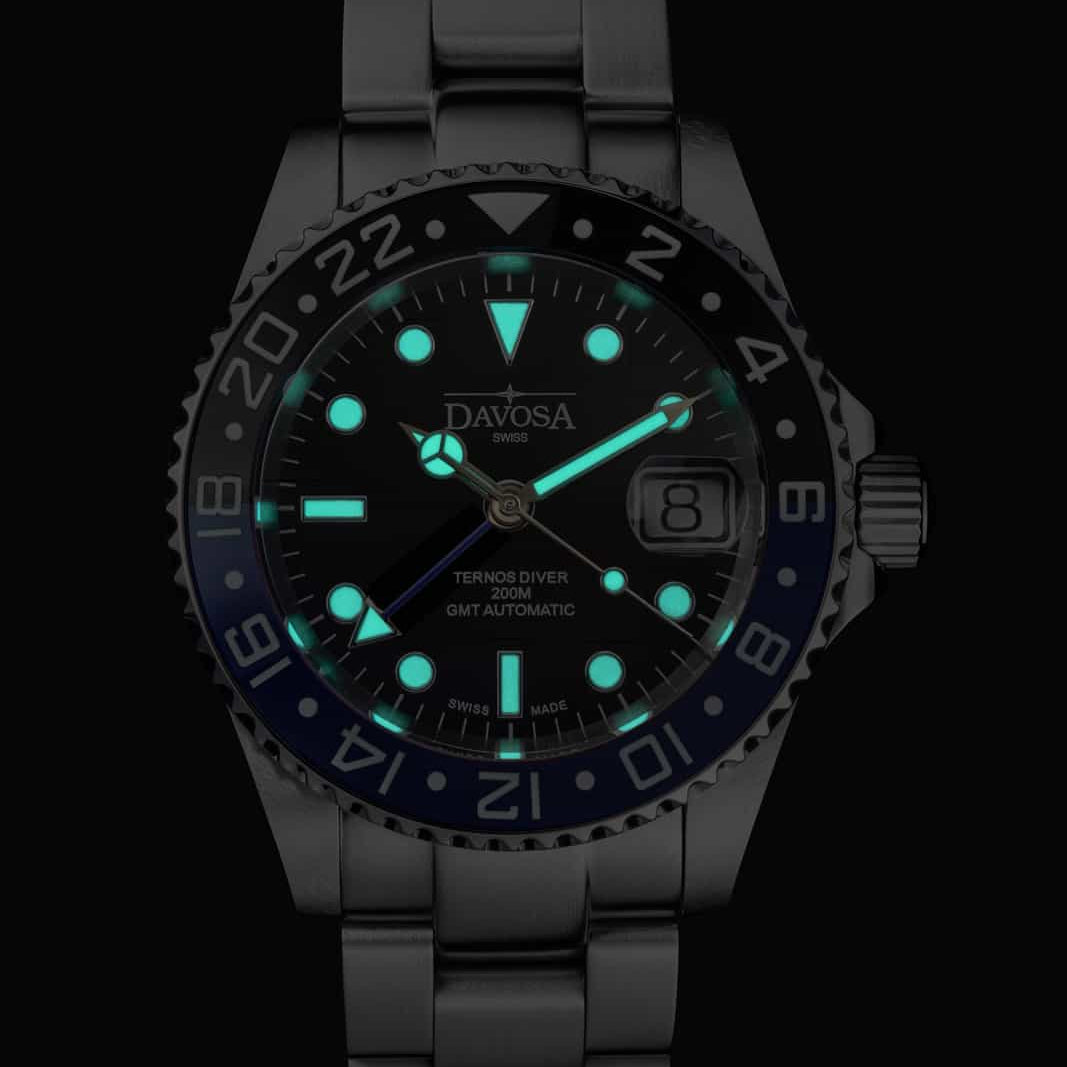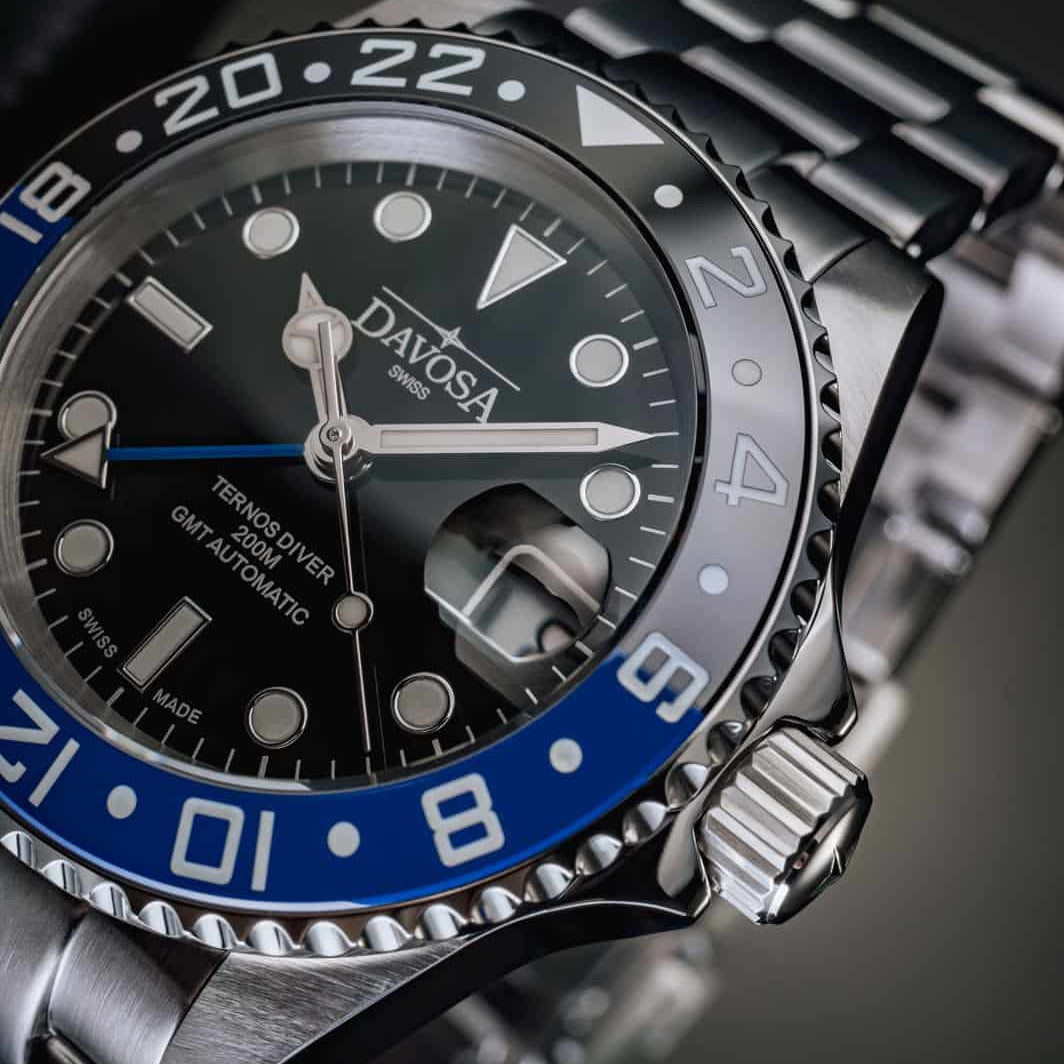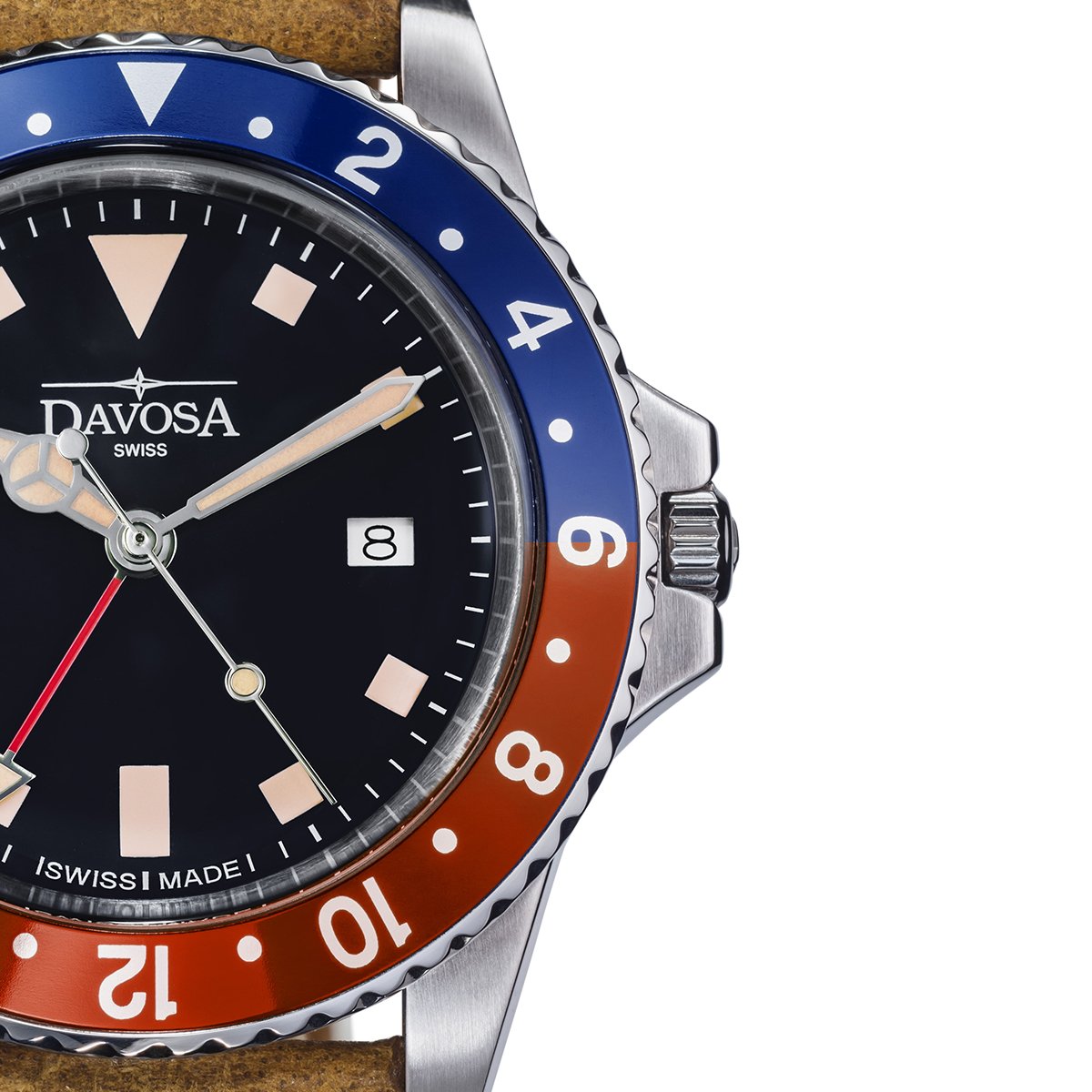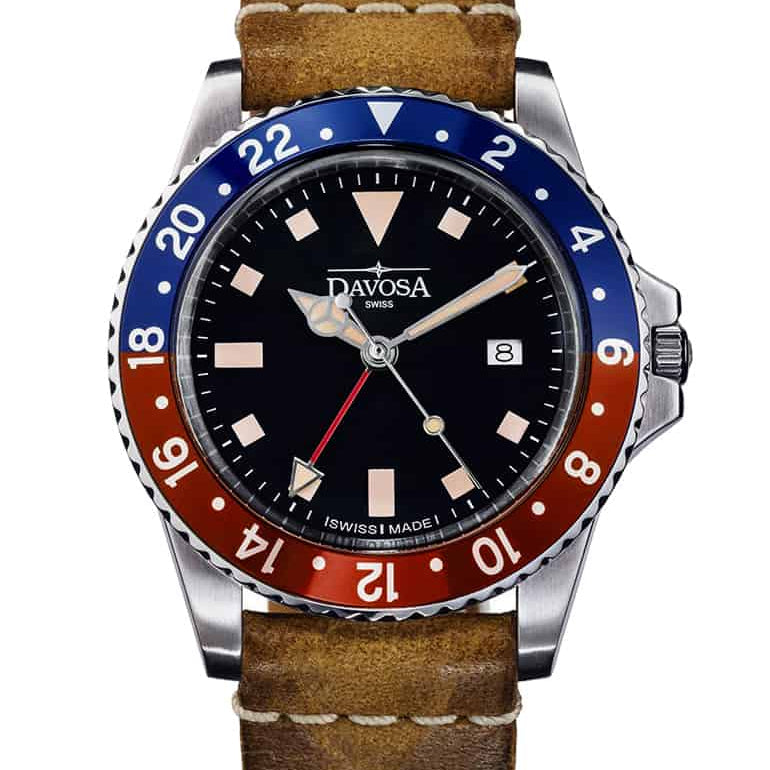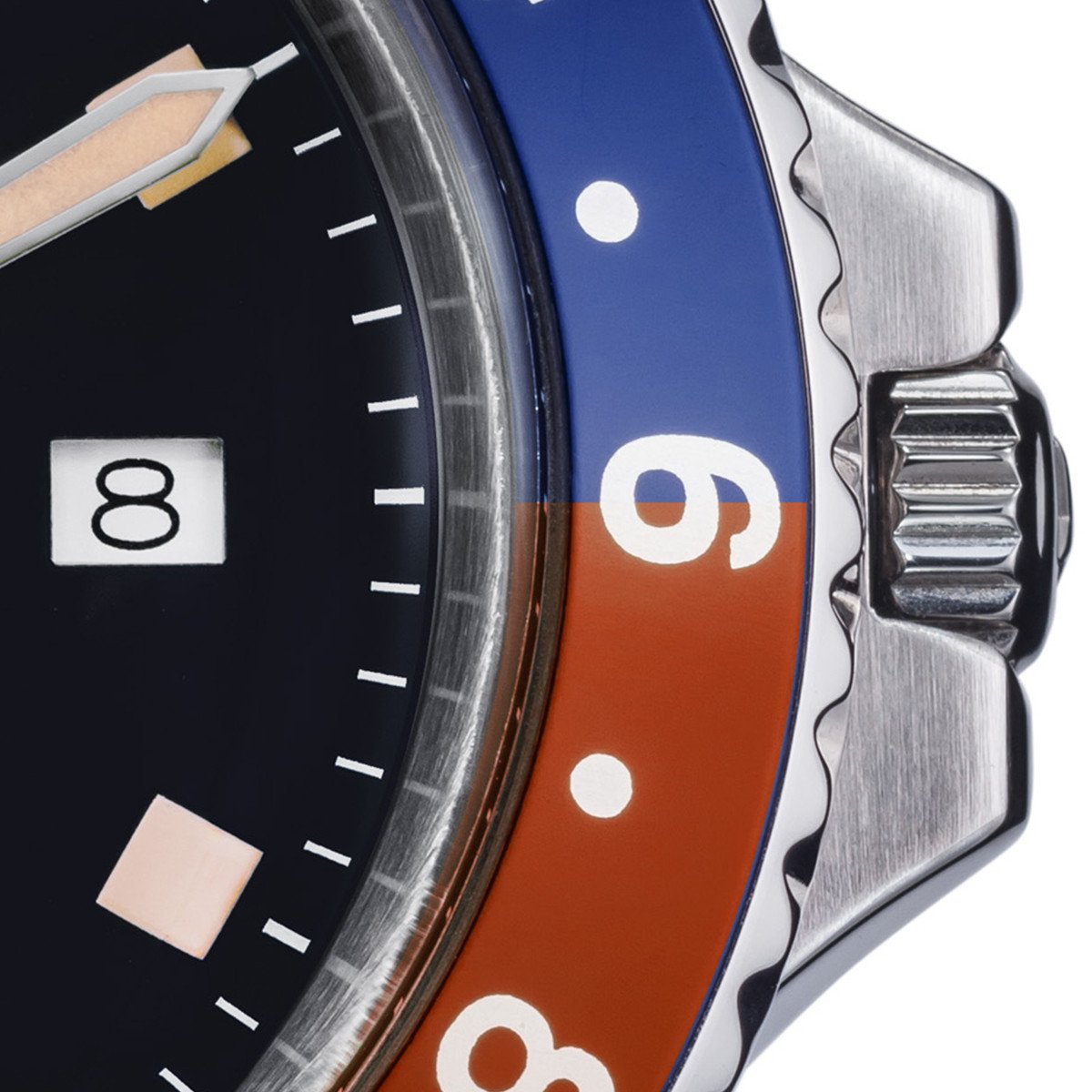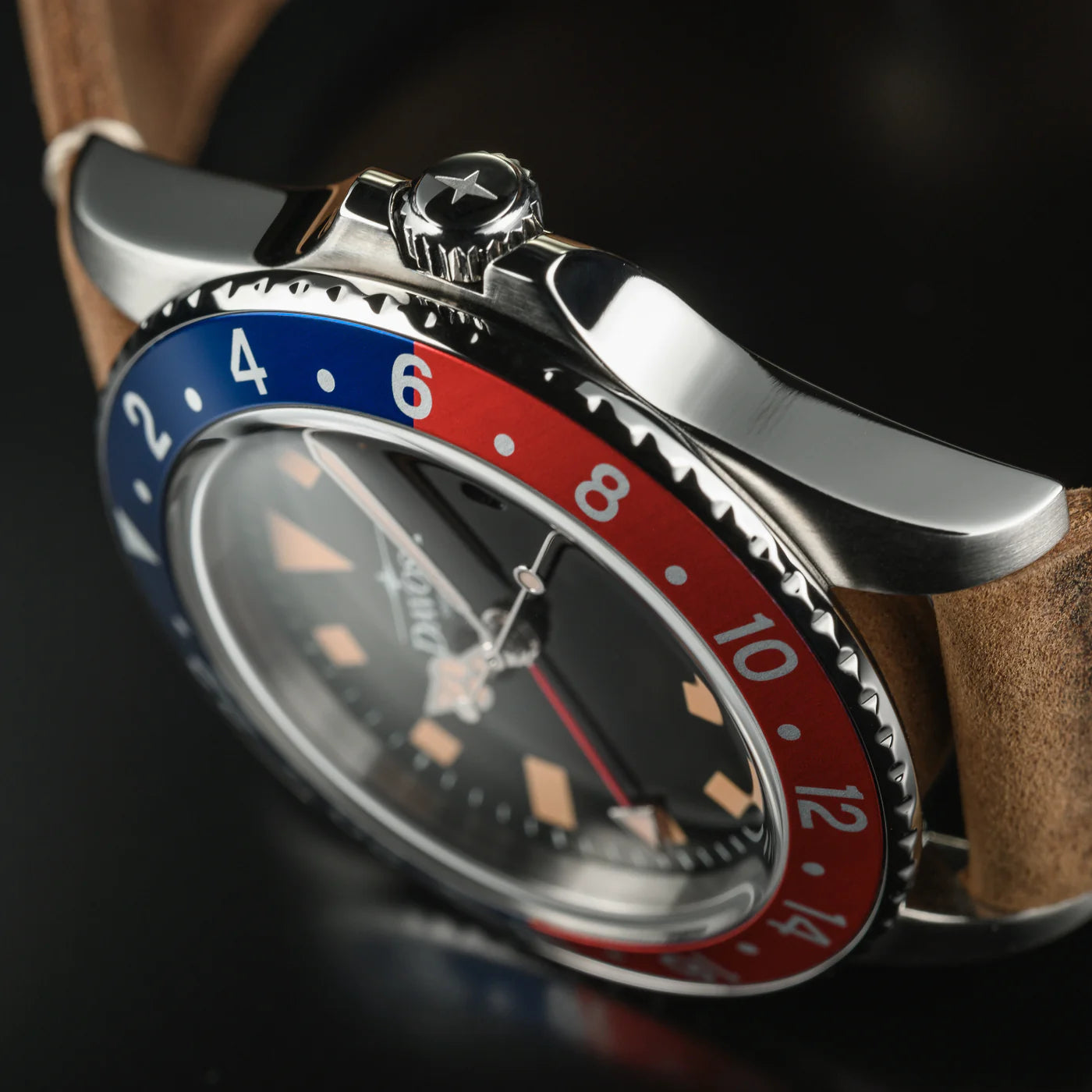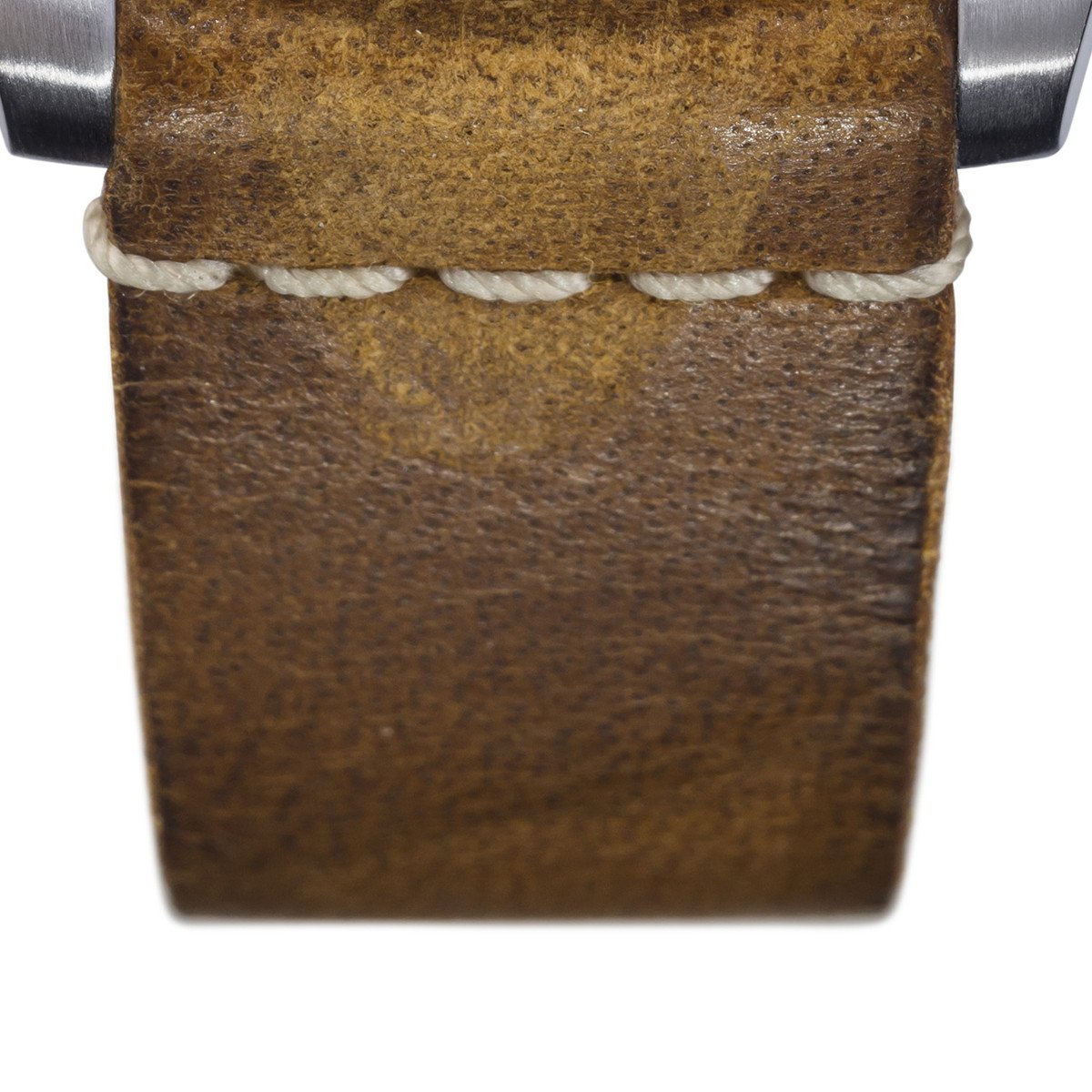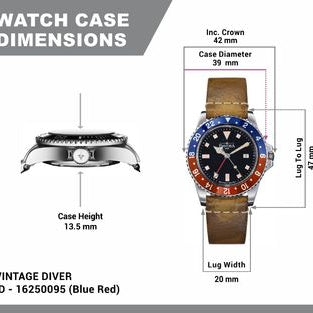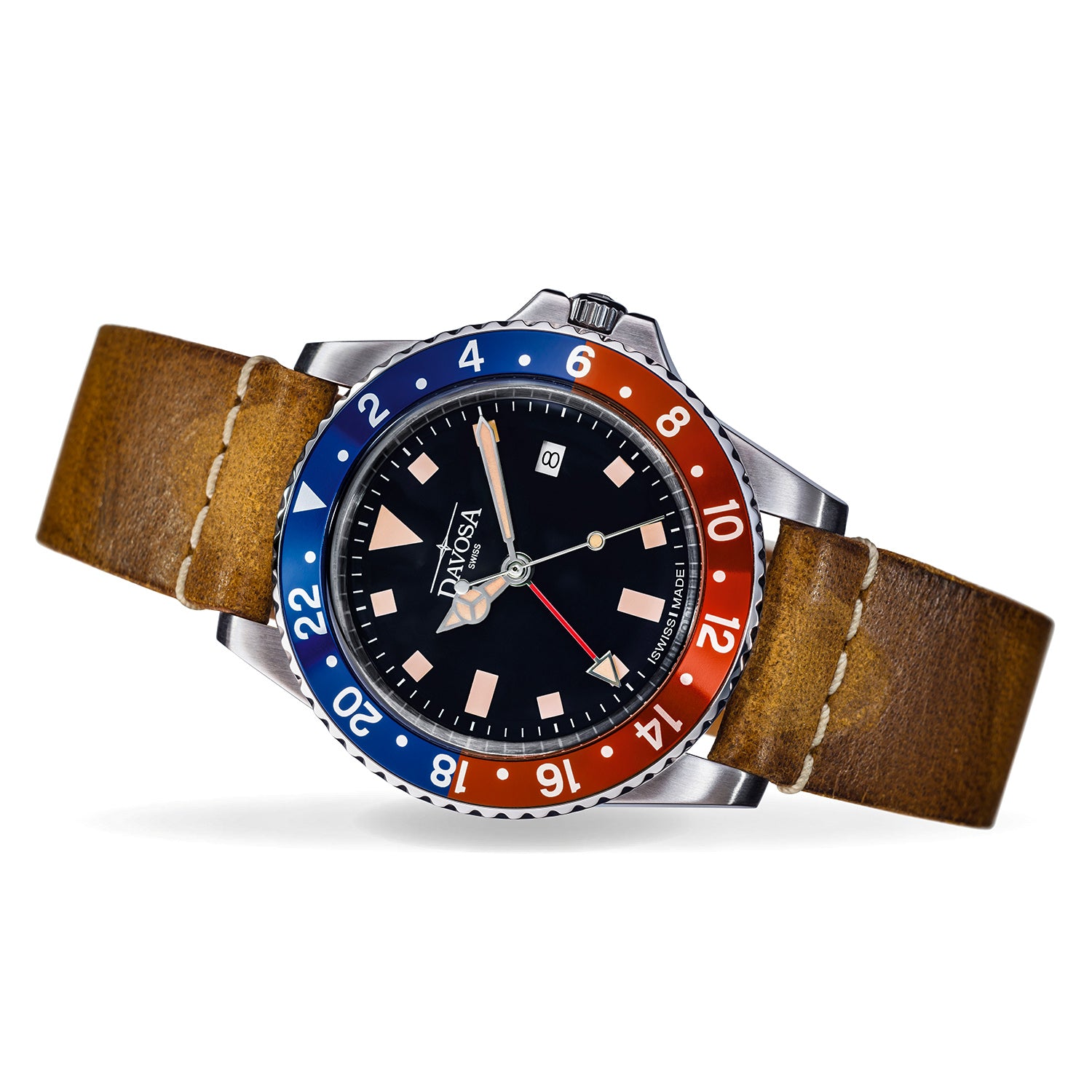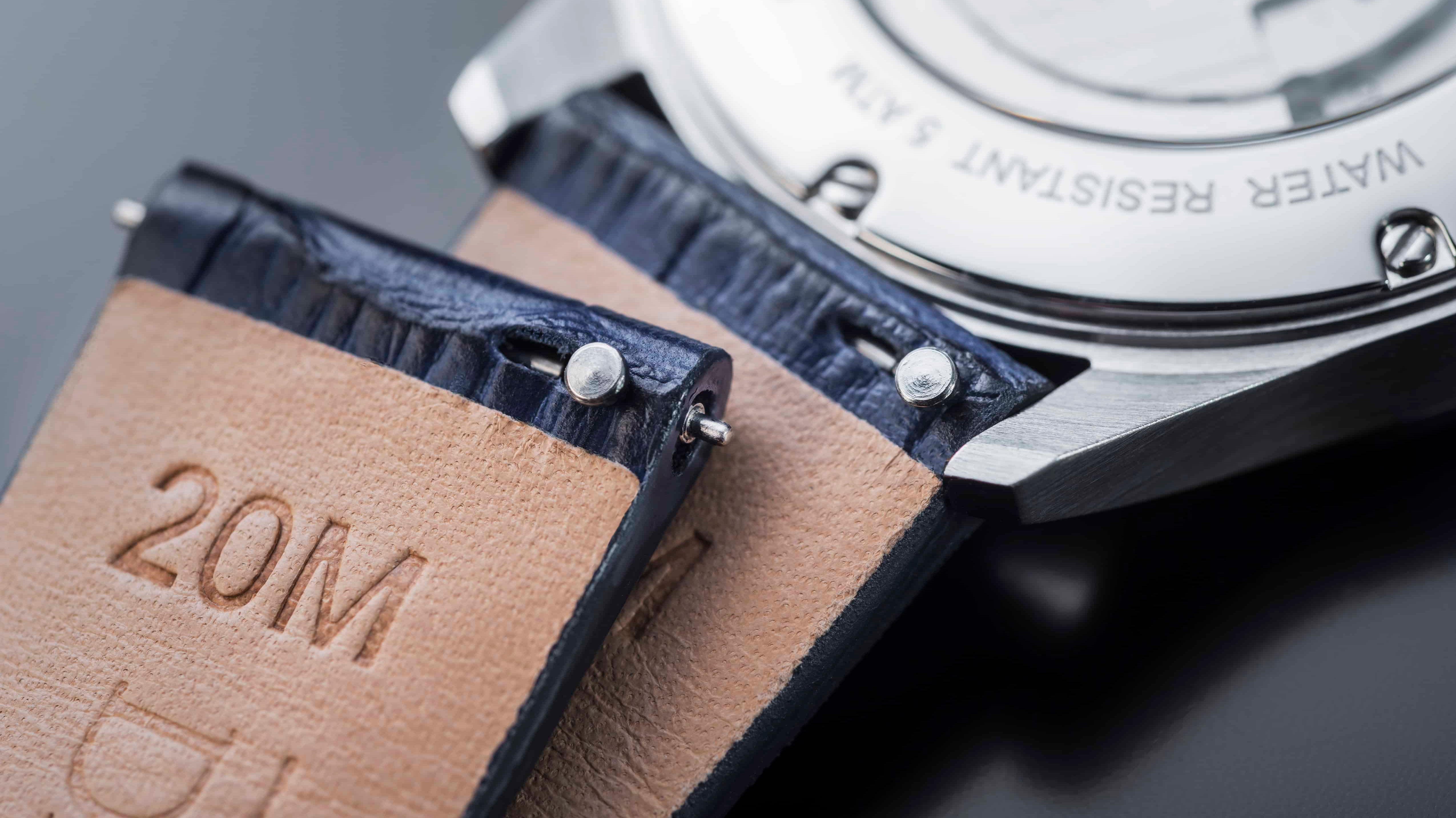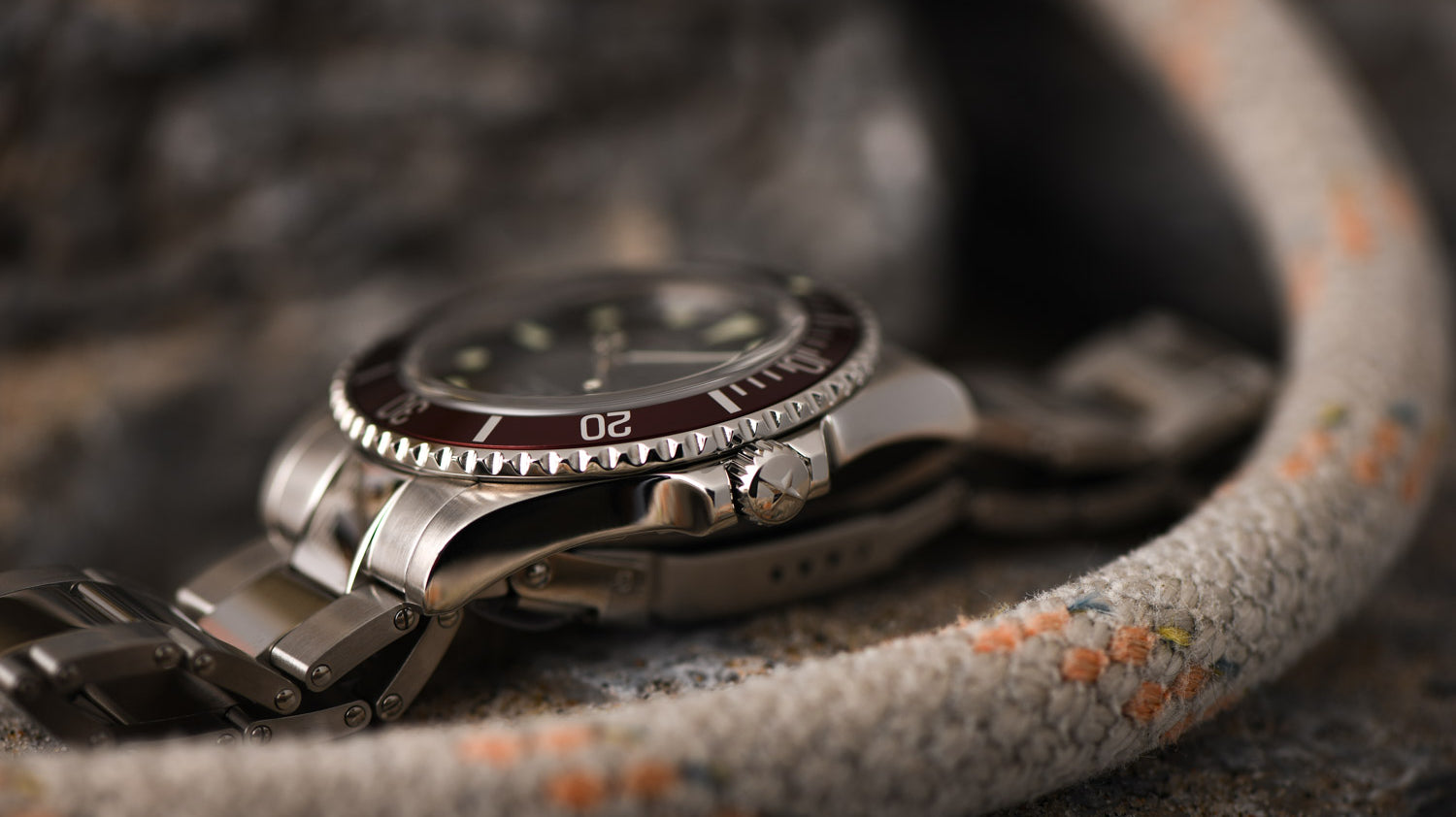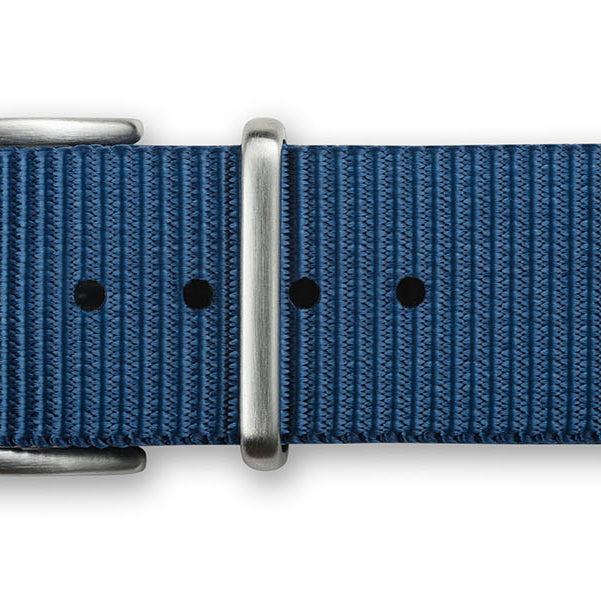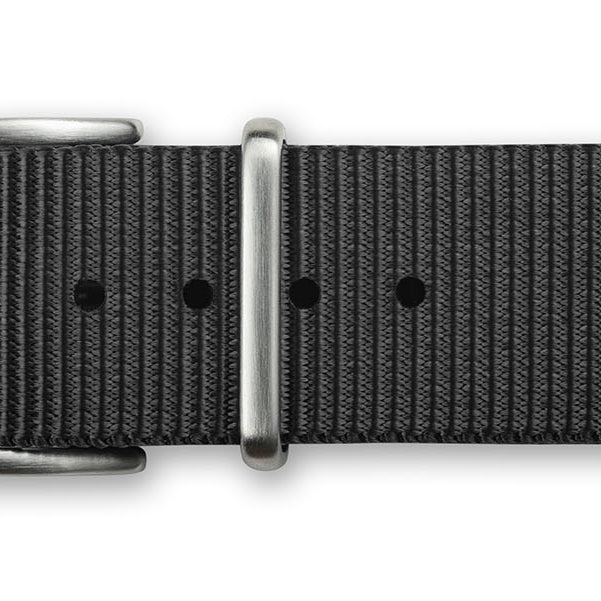Our clocks have undergone significant transformations over the years. Still, one of the most noticeable, especially at night, was the introduction of luminous material-named in various ways but known to all by its Latin name, "lumen." The different kinds of watch lume or lumen have been the protagonists of a fascinating and, in some cases, tragic history, and that has come down to the present day.

Radium Girls - image from cnn.com
The beginnings of lumen: radium
As early as the nineteenth century, some manufacturers had experimented with the use of bioluminescent substances. Still, the real breakthrough came in the early twentieth century with the discovery of radium by Pierre and Marie Curie. Radium is - obviously - a radioactive material, so it emits radiation that results, in the dark, in a characteristic greenish glow.
Radium also has a very long half-life, tens of thousands of years: this term indicates the period in which its radioactivity halves (and thus, the emitted glow does as well). Many watch manufacturers used it, and one in particular, Panerai, used its name to name a famous model, the Radiomir.

A WWII Panerai Radiomir - image from divighelmetitaly.com
But isn't radium dangerous?
This is the question often asked by lovers of vintage watches whose dials bear markers and hands covered with this material, and the answer is no, radium is not dangerous. The cases and panes of our watches are more than sufficient to absorb the harmful radiation coming from the material.
However, a different thing happened to the workers who applied it to the dials, such as the infamous "Radium girls." Radium is not dangerous in watches, but it is if it is breathed in or ingested. And the poor girls who did this work, unaware of the hazardous nature of the material, honed the tips of their brushes soaked in radium paint by carrying them in their mouths. With the results, you can easily imagine.
The Radium Girls phenomenon (from which a movie was also made) led the industry to look for less dangerous alternatives. However, the production of radium-illuminated watches continued until the late 1960s.

A Rolex Submariner tritium dial - image from chrono24.com
From radium to tritium
Around that time, manufacturers introduced a new material, namely tritium. Although radioactive, tritium is less dangerous than radium, and its half-life is much shorter: in fact, it is only 12 years. So if you see a watch with a dial where a "T" stands out, usually at six o'clock, you know that the lumen used is tritium-based.
And doing the math, you will understand why it is now depleted. And so it needs re-coating. But unfortunately, tritium was also considered dangerous, and the technique switched to another system based on a different technical principle, where there are no longer problems based on radioactivity. That is solar-based luminescence.
How does watch lume work
The new version of the lumen is no longer radioactive but based on the energy of the sun. The new substance used in the luminescent pigment, based on strontium aluminate, charges like a battery in the sun's rays and releases the stored energy when it gets dark. In fact, this solution had already been tested before radium was introduced, but the material used then (zinc oxide) had too weak a glow.
Over time, even this type of pigment (there are several, the best known of which is Superluminova) loses its effectiveness, generally after a decade or so, and you must apply a new layer to the dial, hands, and watch bezel. But since it is a harmless material, it is not a problem to reapply it periodically. Superluminova comes in many colors, often combined on dials to signal different information, but the "brightest" variant is one with a hue tending toward ivory.
Despite significant advances in this field, even the brightest SuperLuminova, which currently is the Super-LumiNova C3, cannot compete with older radium-based paints. But there is an interesting and perfectly safe solution based on nanotubes that contain tritium gas.

Davosa timepieces using tritium gas nanotubes - image from davosa-usa.com
Tritium gas nanotubes.
An American company called Luminox has pioneered this new technology. It is possible to create tiny tubes made of borosilicate glass filled with tritium gas and sealed during production. These luminous elements are thus isolated and perfectly safe and can be easily mounted on watch hands and hour markers.
And these tritium watches have a more persistent luminosity than traditional lumens since it is based on a radioactive gas. In addition, they do not depend on the "charge" of the sun and last about twenty years, providing high brightness. It is a particular solution, not too widespread, but adopted on specific models of several houses, including Luminox, Ball, and Davosa.
How long does watch lume last?
As we said, the duration of modern watch lume depends on its kind: approximately, the average interval between re-luming, for SuperLuminova or similar compounds, is around ten years.
Tritium nanotube-based solutions should last longer, approximately 20 years, if we believe what the companies say. But nothing beats the old radium-painted dials, which should be glowing today as they were made almost one hundred years ago and will continue to shine brightly for the next few hundreds years. Too bad that radioactive compounds are so... radioactive!

Re-luming a watch dial - image from rwg.bz
How do I make my watch lume brighter?
If you have an older watch where the lume is starting to fade, your only option is to bring it to your trusted watchmaker for re-luming.
This is not an overly complicated process: the watchmaker disassembles the watch and its dial, then painstakingly removes the existing lume layer applied to the hands and indexes/numbers. Then, he repaints them again using a new layer of lume. While not overly complicated, this process is often tedious and requires excellent precision to avoid smudging, which would look sloppy when the lume activates.
The re-luming is usually done when bringing the watch for regular service, so its cost wouldn't be that high either. Indeed, during the average manual winding or automatic watch lifespan, re-luming may happen a few times.
Can I add lume to a watch?
Even if your watch did not bear lumen in the first place, you could definitely add it afterward, and also, if you possess some good manual dexterity, apply it yourself. However, it is advisable not to do that and leave this task to a professional. Moreover, many dress watches were not provided lumen by design, so adding it to them would impair their originality, and many watch lovers are purists in this matter.
Last, to be effective, a lume must be applied to markers/numbers on the dial and the hands - and many hand types are not designed for that. For example, while hands mounted on sports watches, like cathedral hands, can house a lot of lumen, the dauphine hands featured in many dress watches cannot: you'd have to change the hands, which would be a complicated proposition.
In summary
The evolution of watches also passes through the development of materials and technologies. In this sense, the research in lumens represents a fundamental part of military and sports watchmaking, especially as far as diver watches are concerned.
We do not know if and when research will bring us breakthroughs to improve nighttime luminosity, but we do know for sure that the future for our beloved watches looks very bright nonetheless.
The Davosa-USA.com website is NOT affiliated in any way with Audemars Piguet, Franck Muller USA, Inc. Richard Mille or Richemont Companies, Seiko, or any other brand which is not Davosa Swiss. Rolex is a registered trademark of Rolex USA. Davosa-USA website is not an authorized dealer, reseller, or distributor for Rolex and is in NO WAY affiliated with Rolex SA or Rolex USA or any other brand besides Davosa Swiss. |







